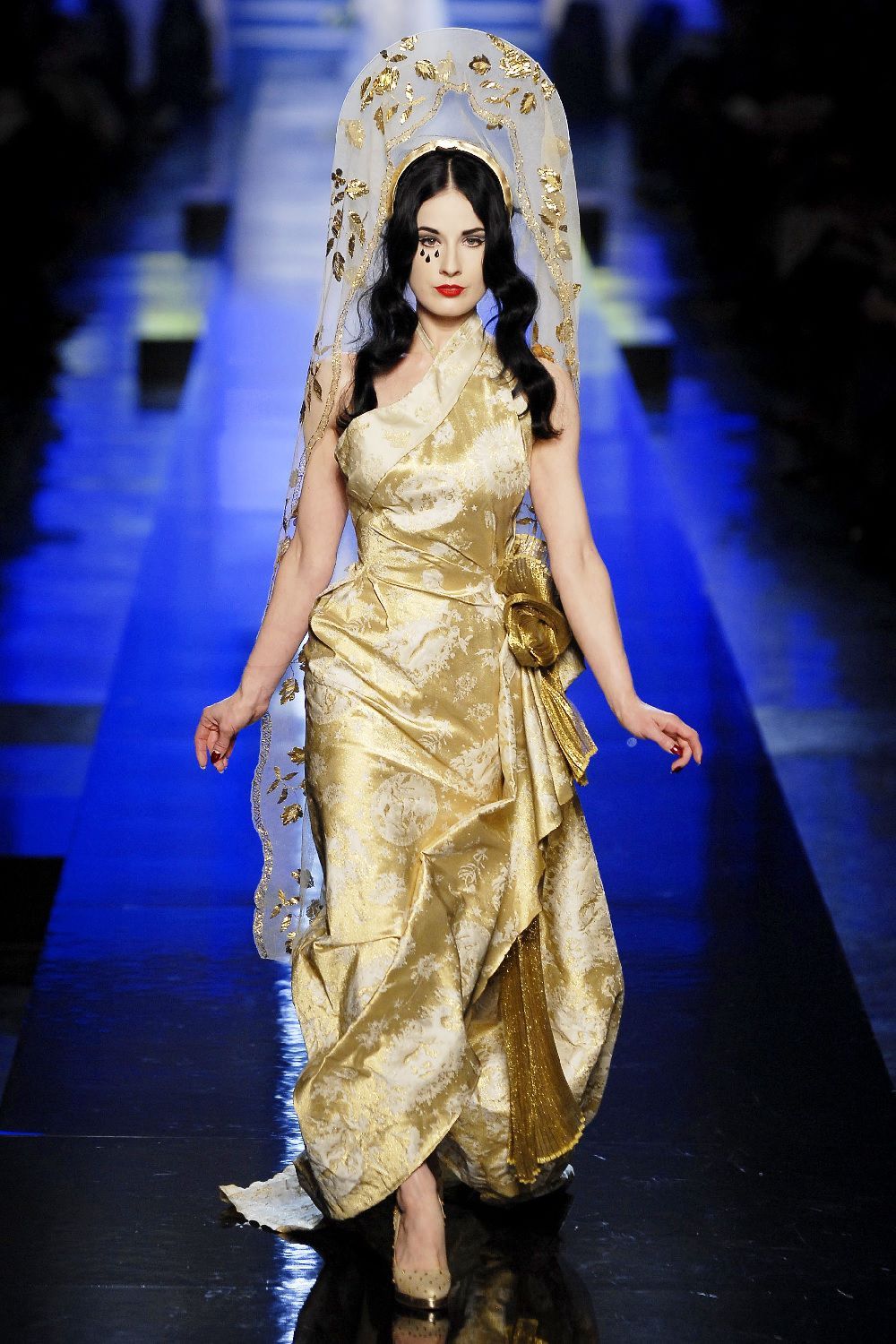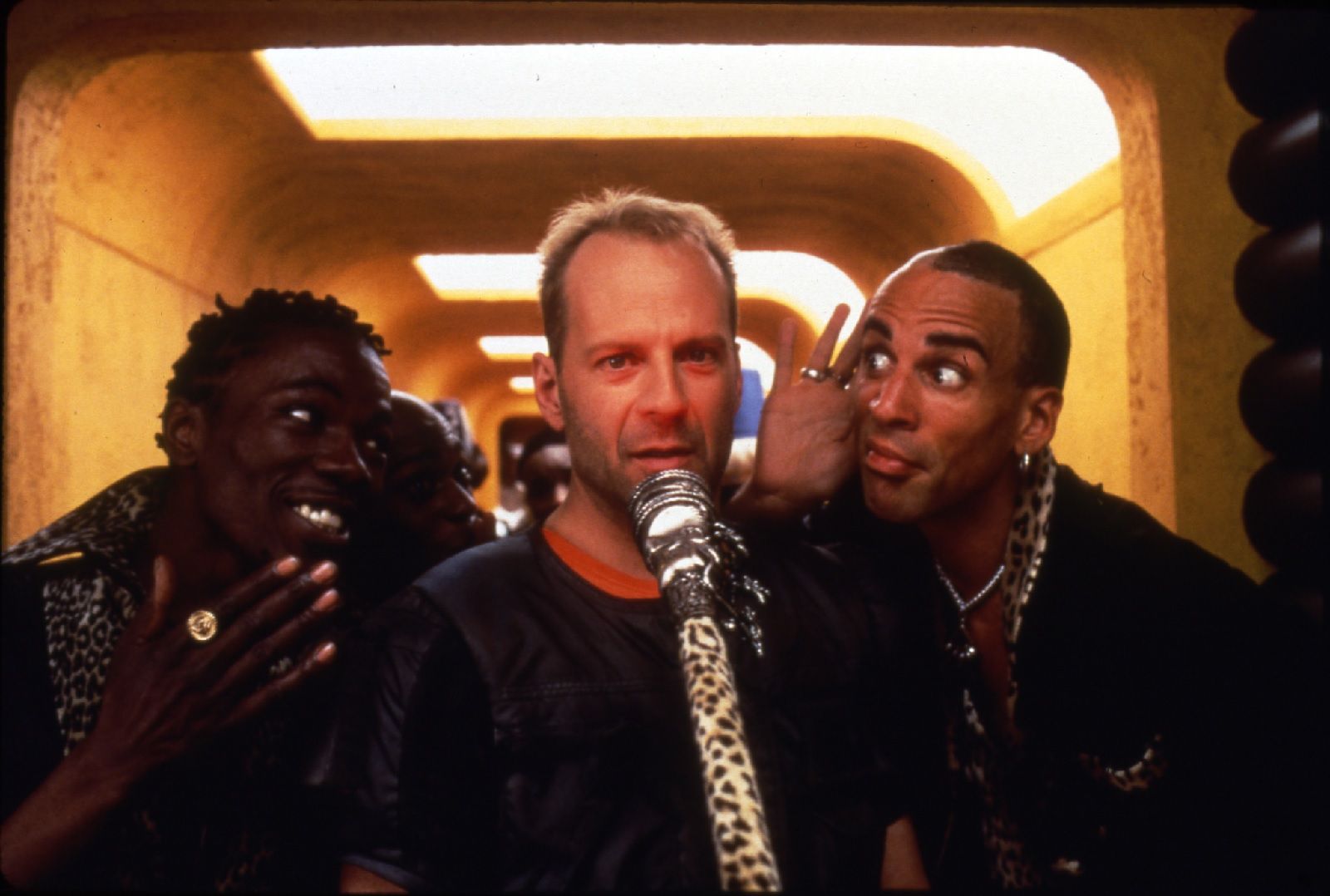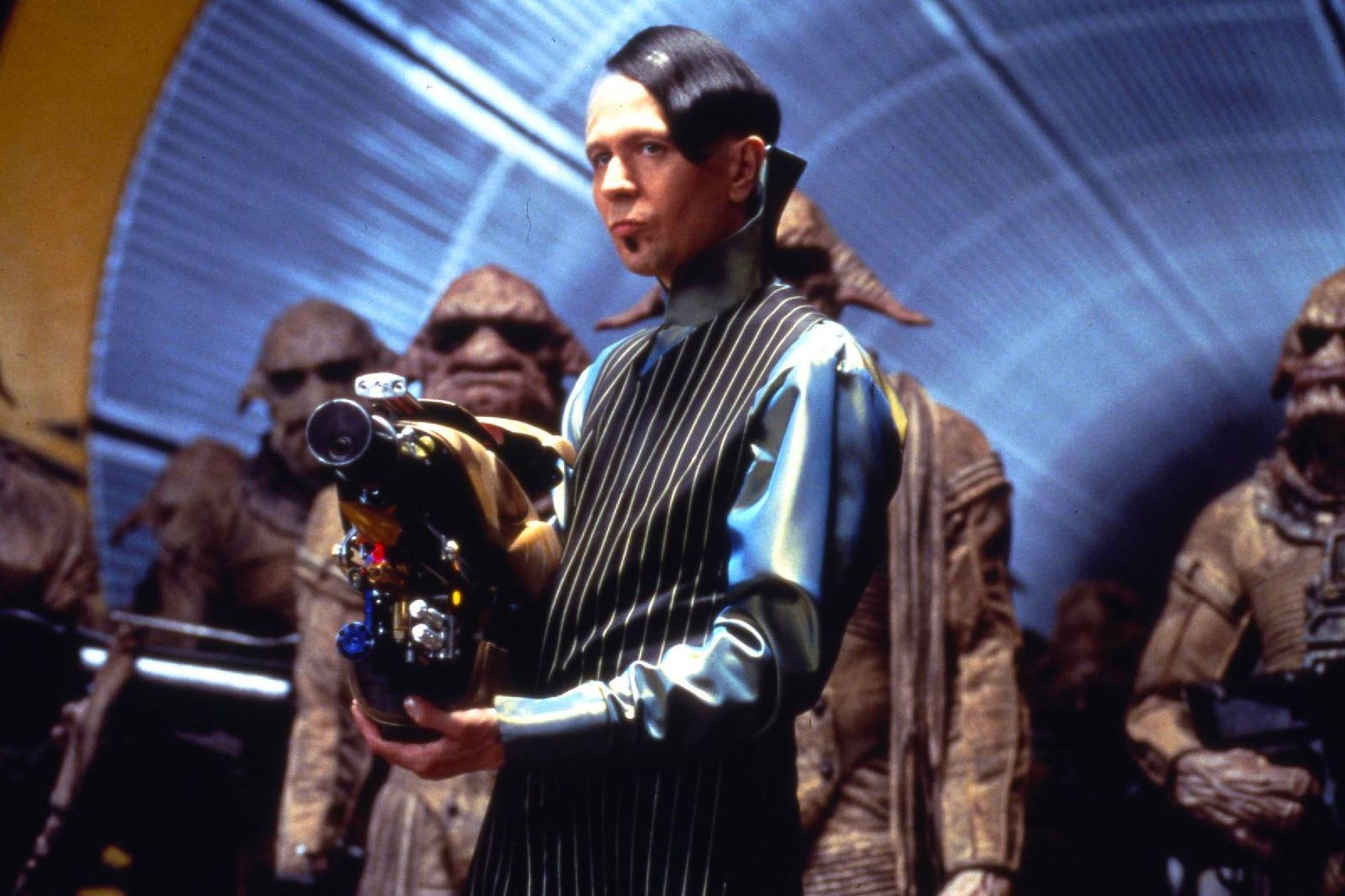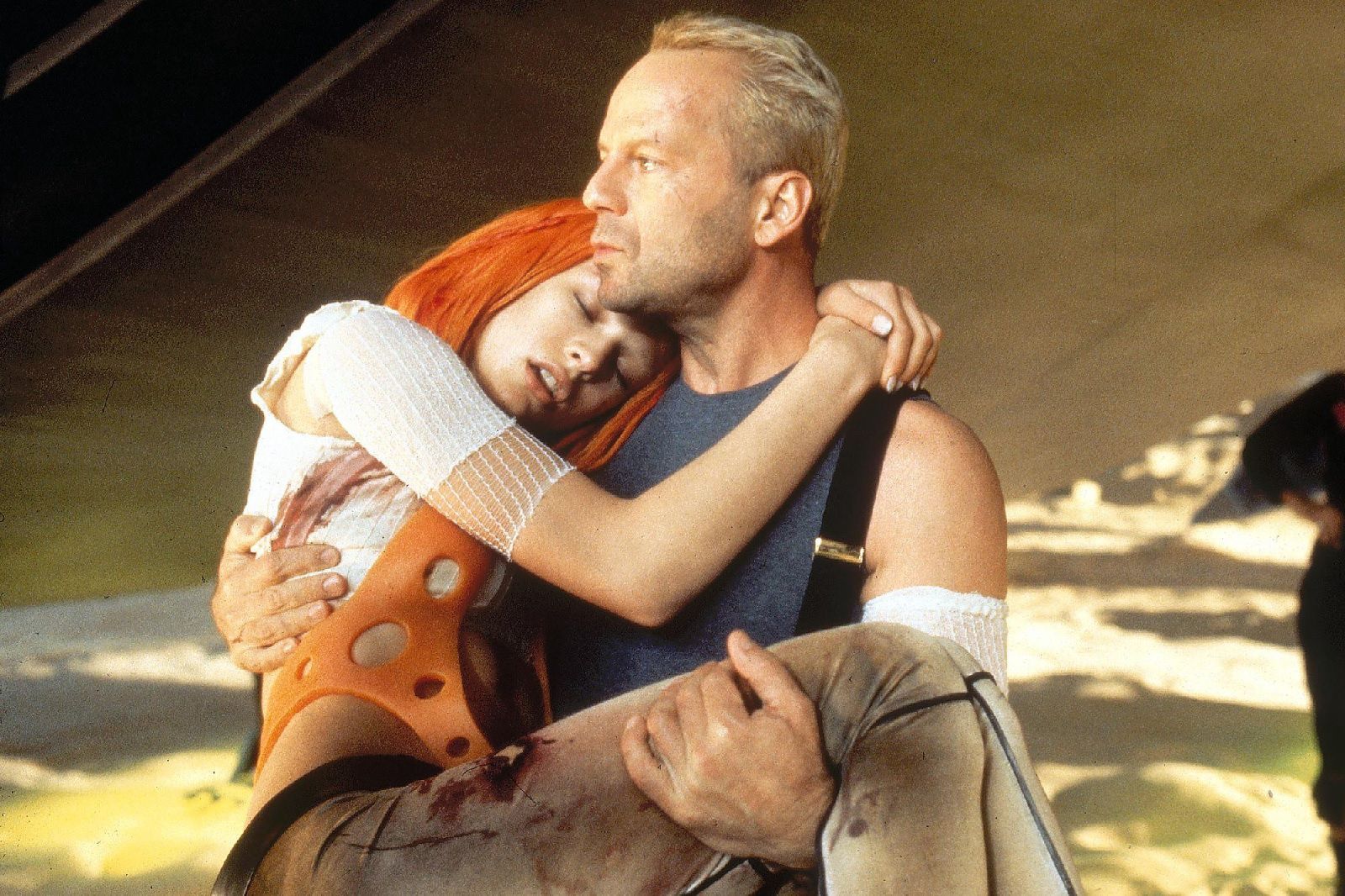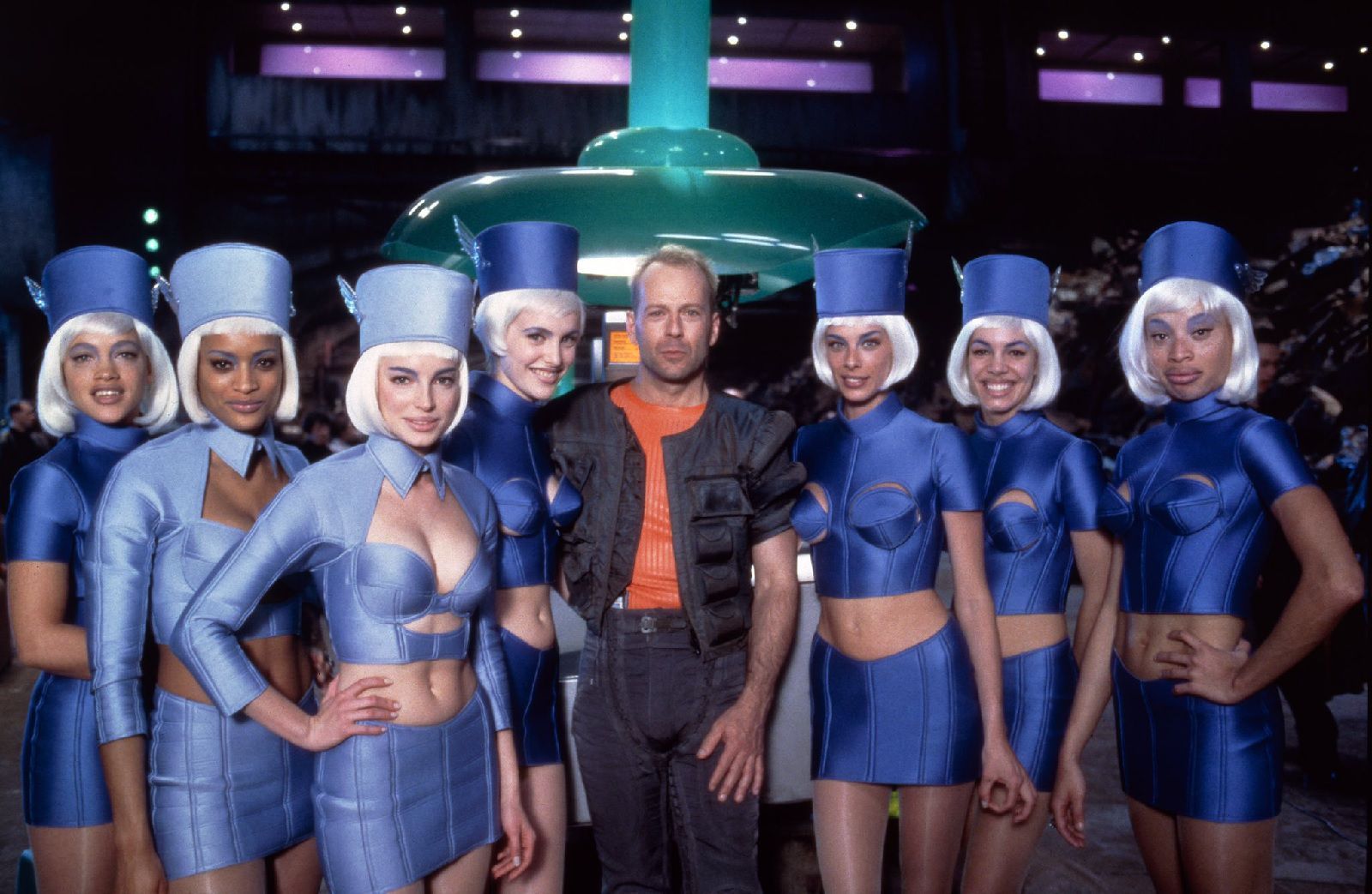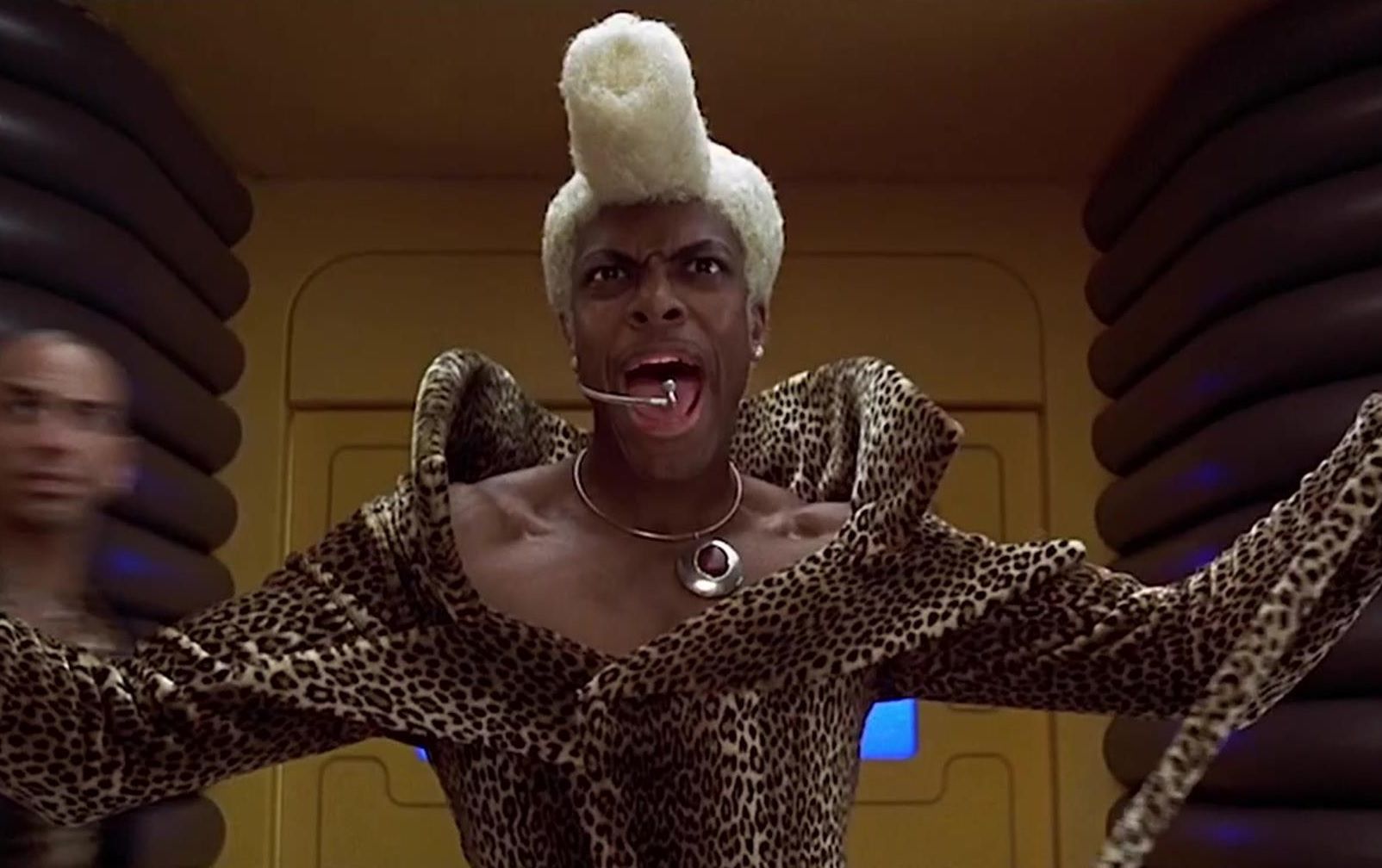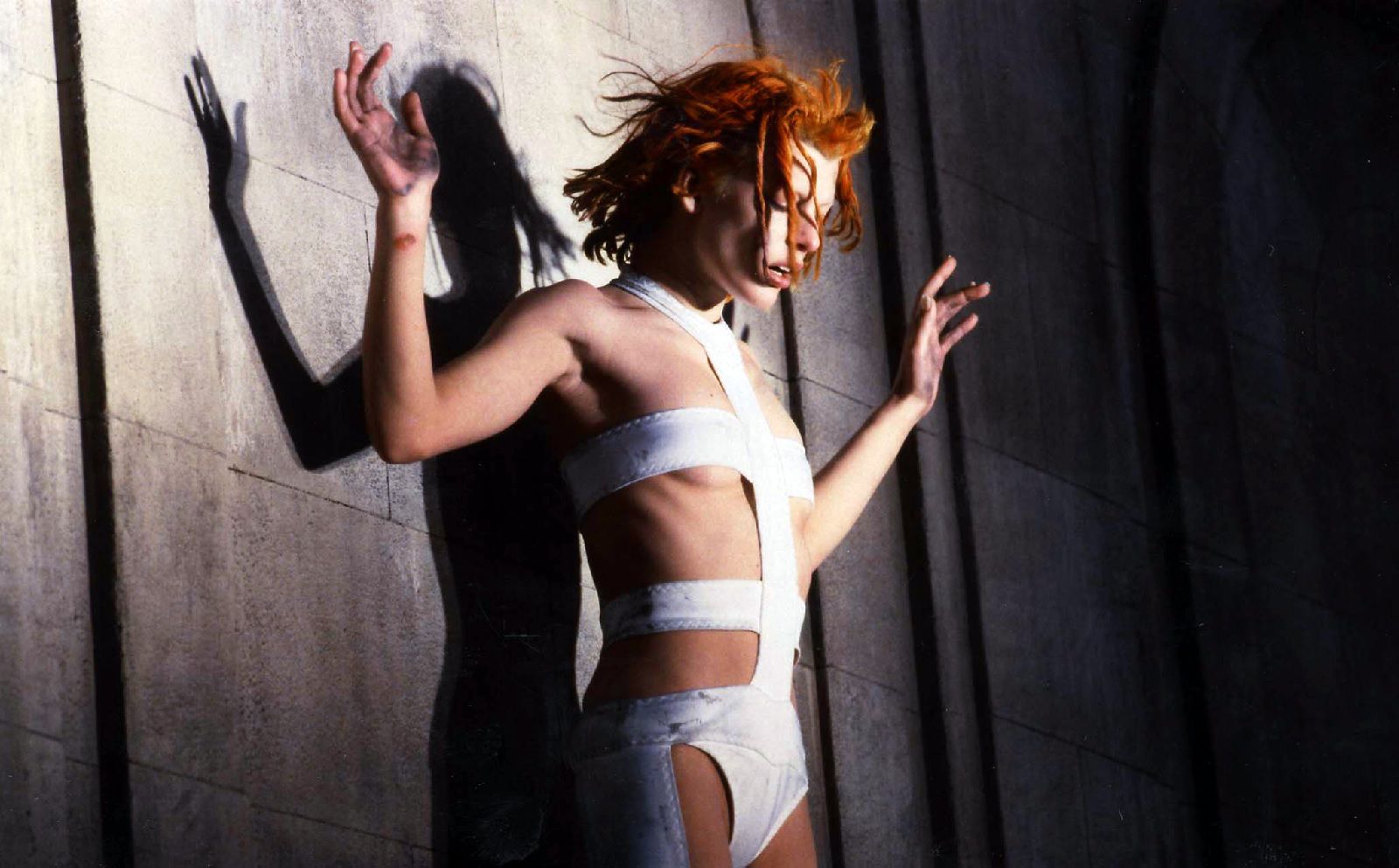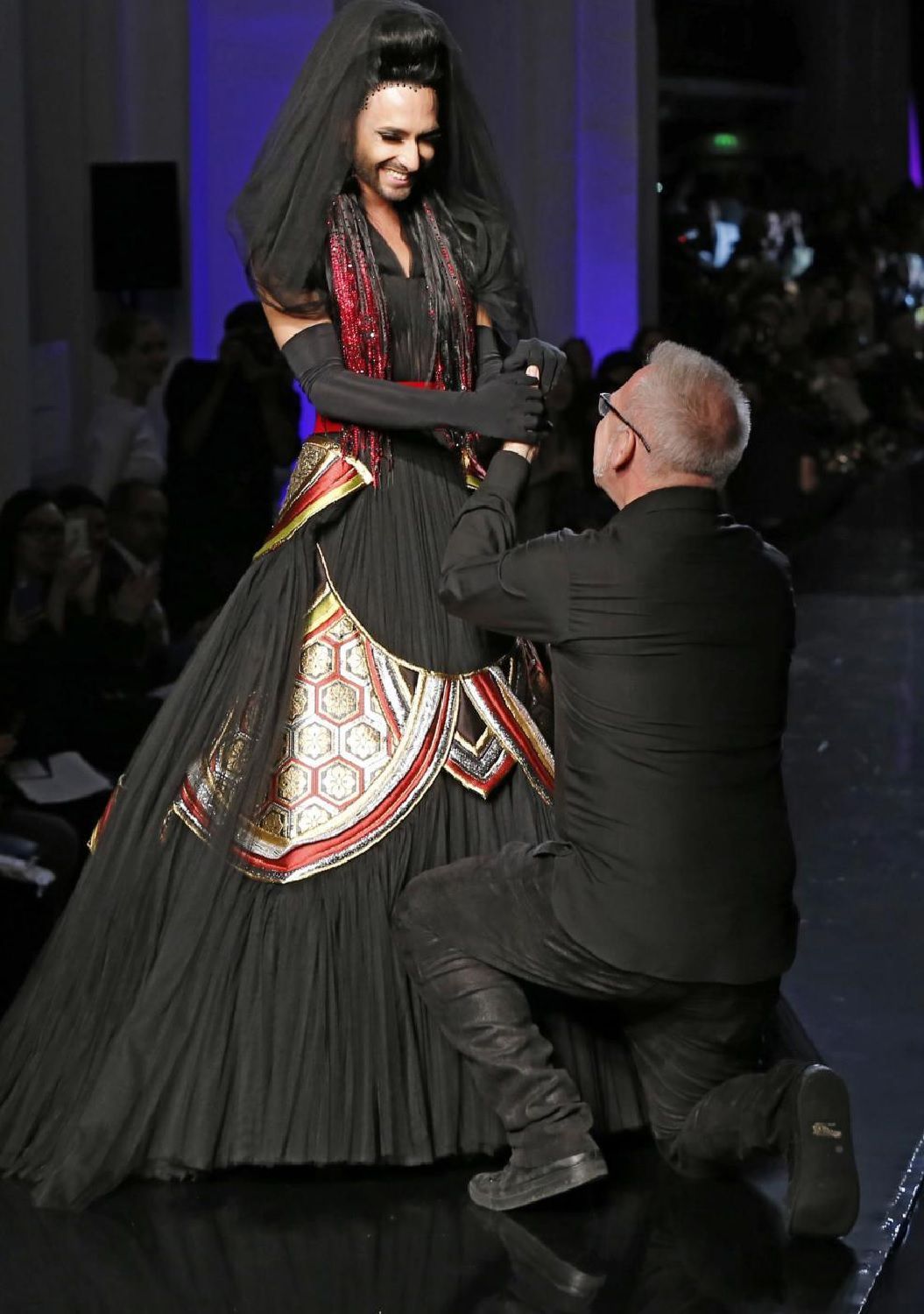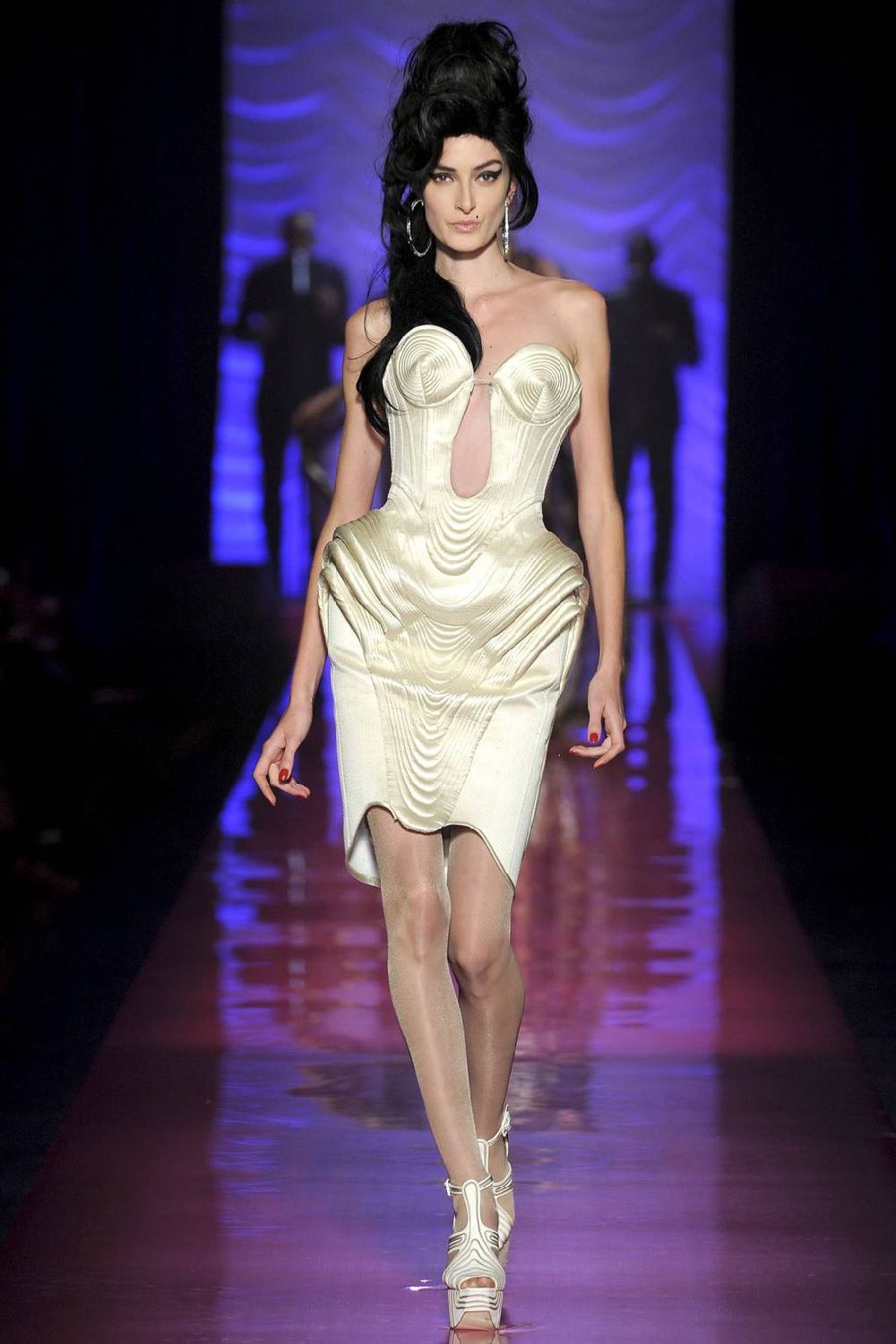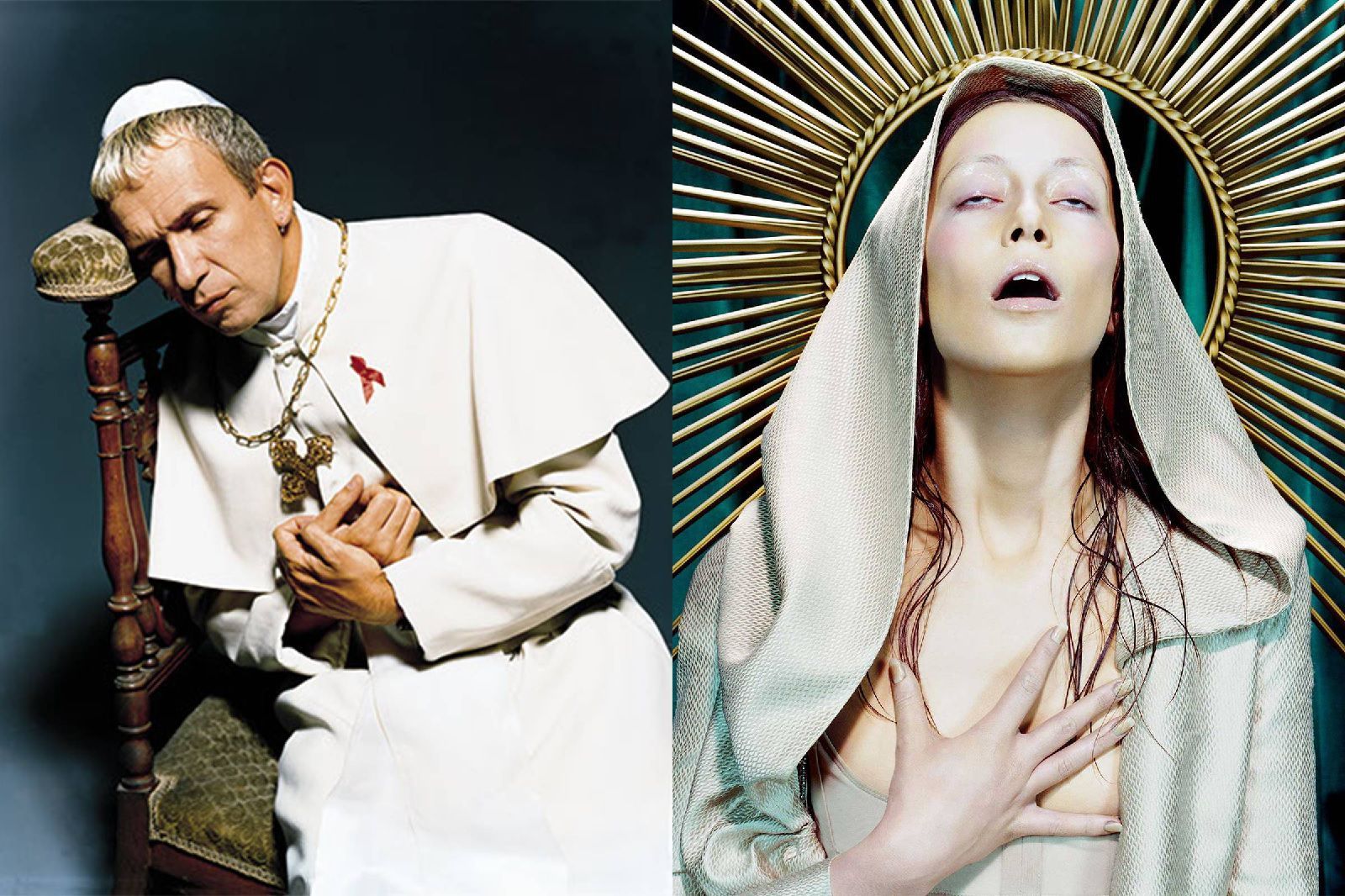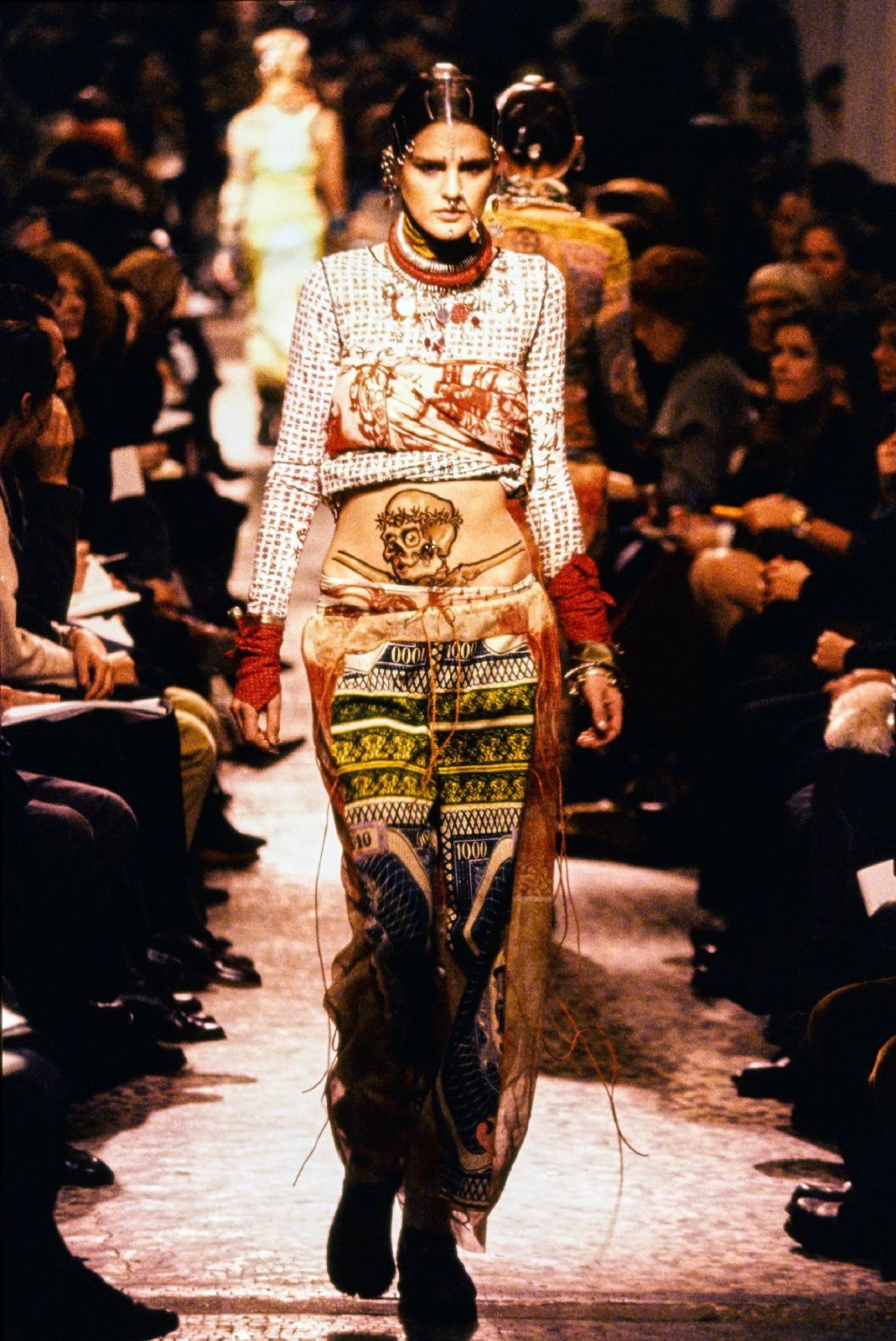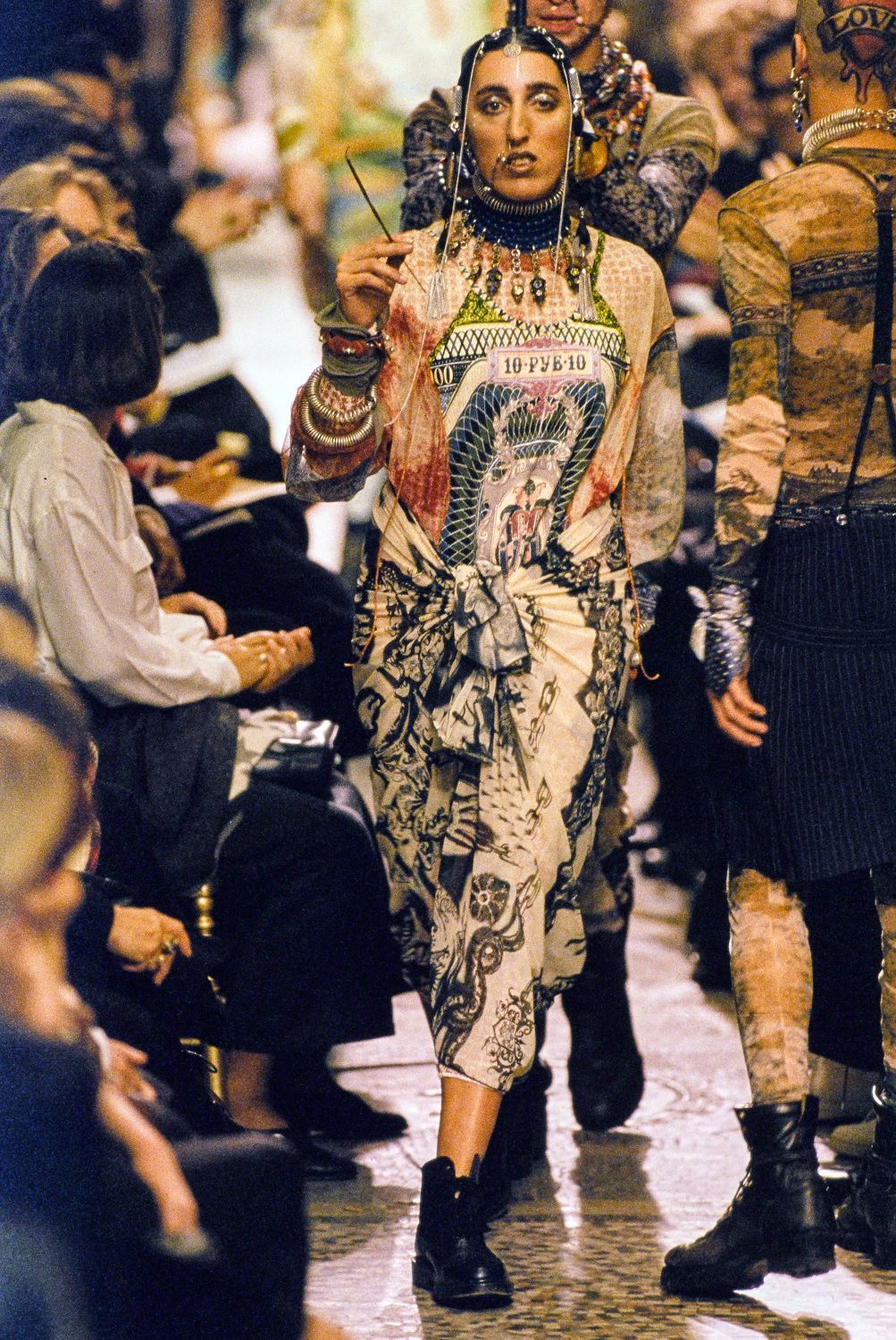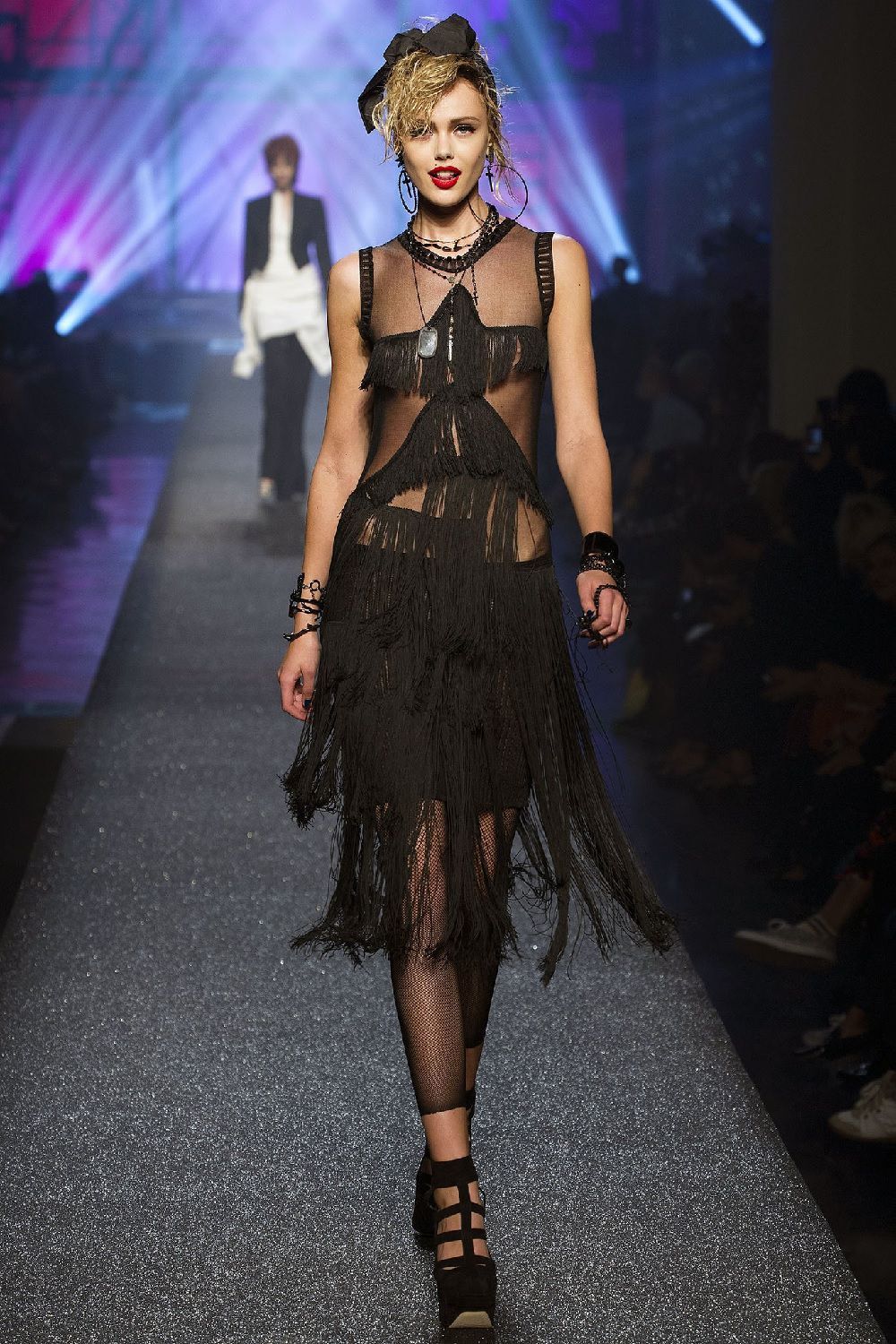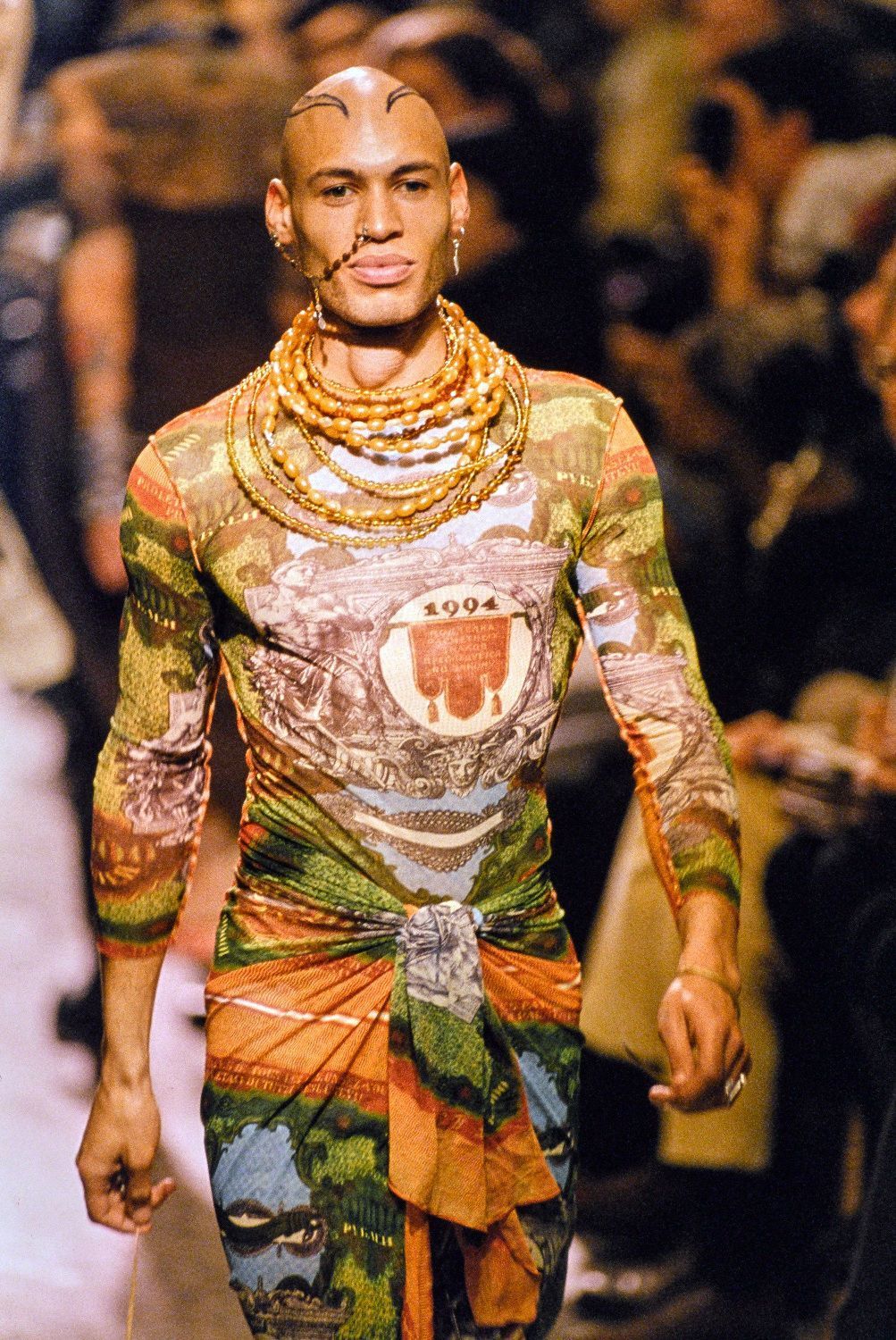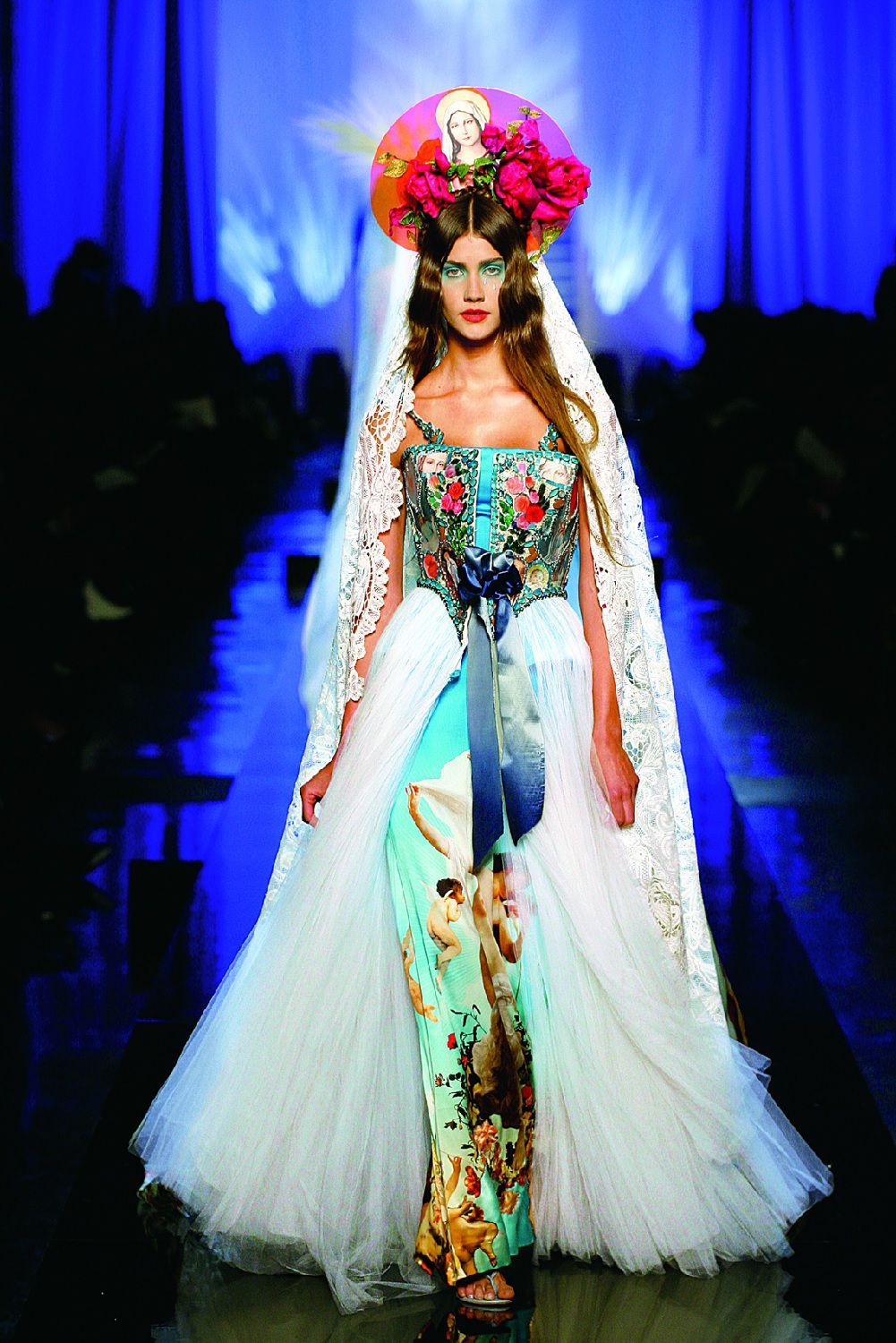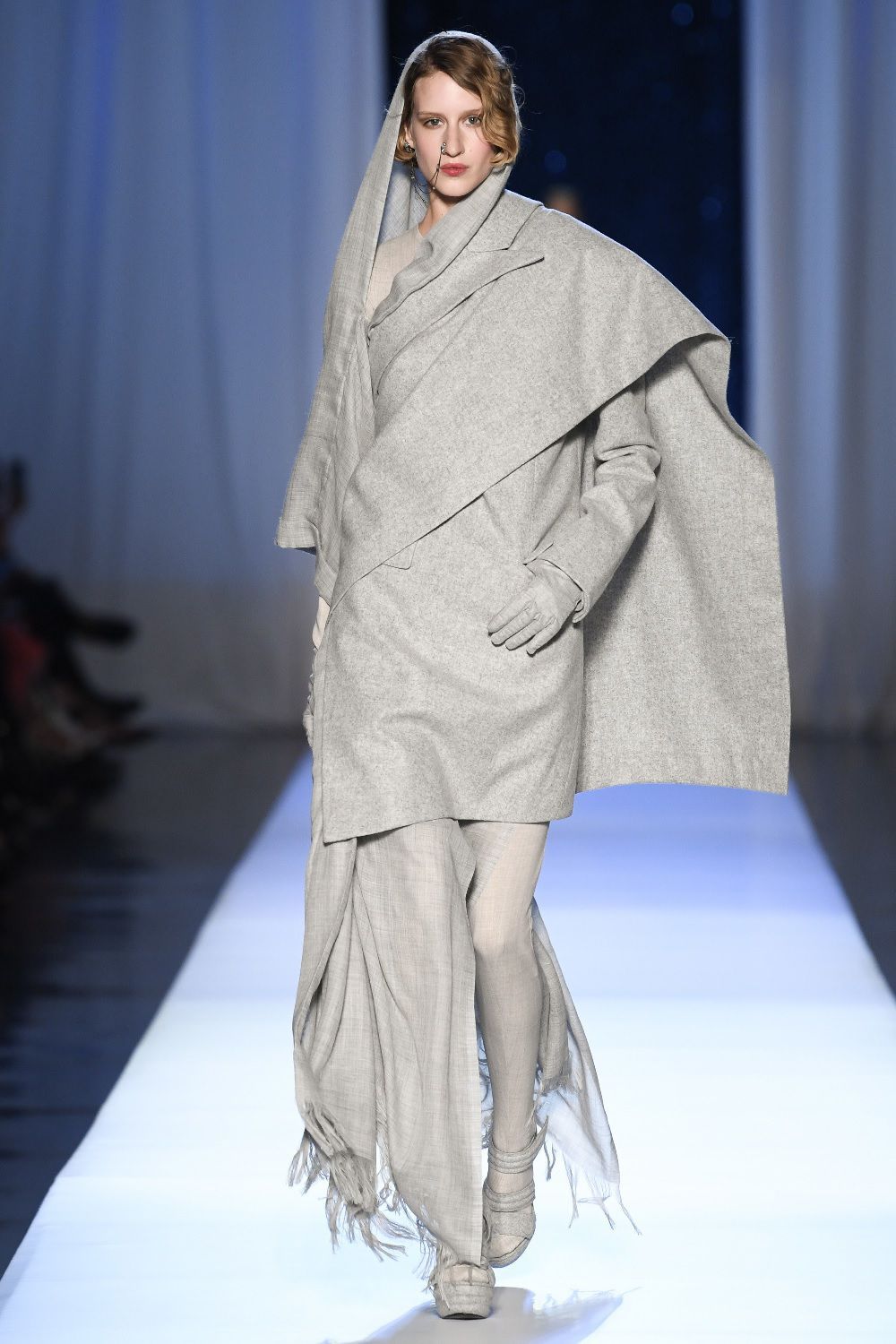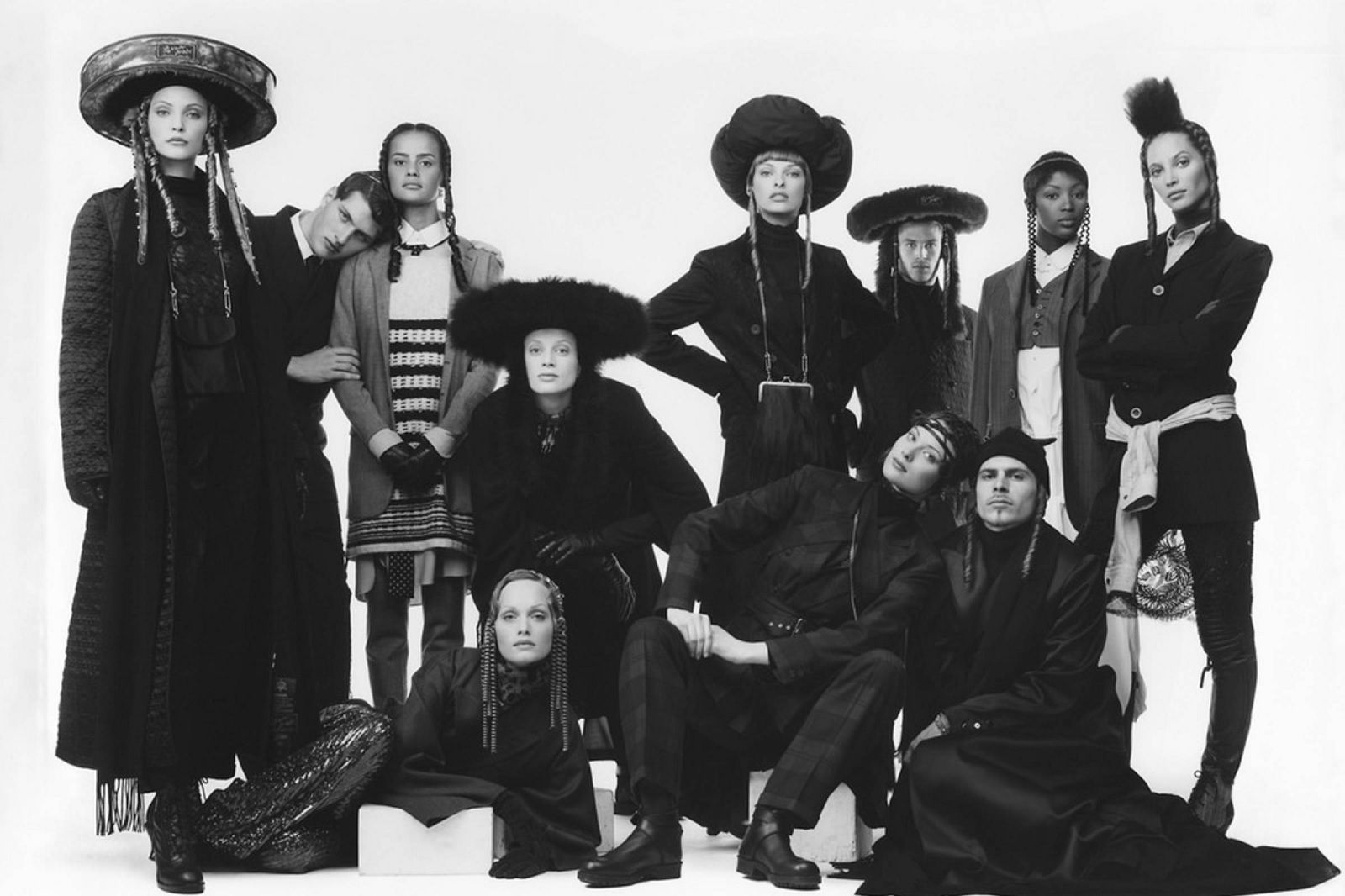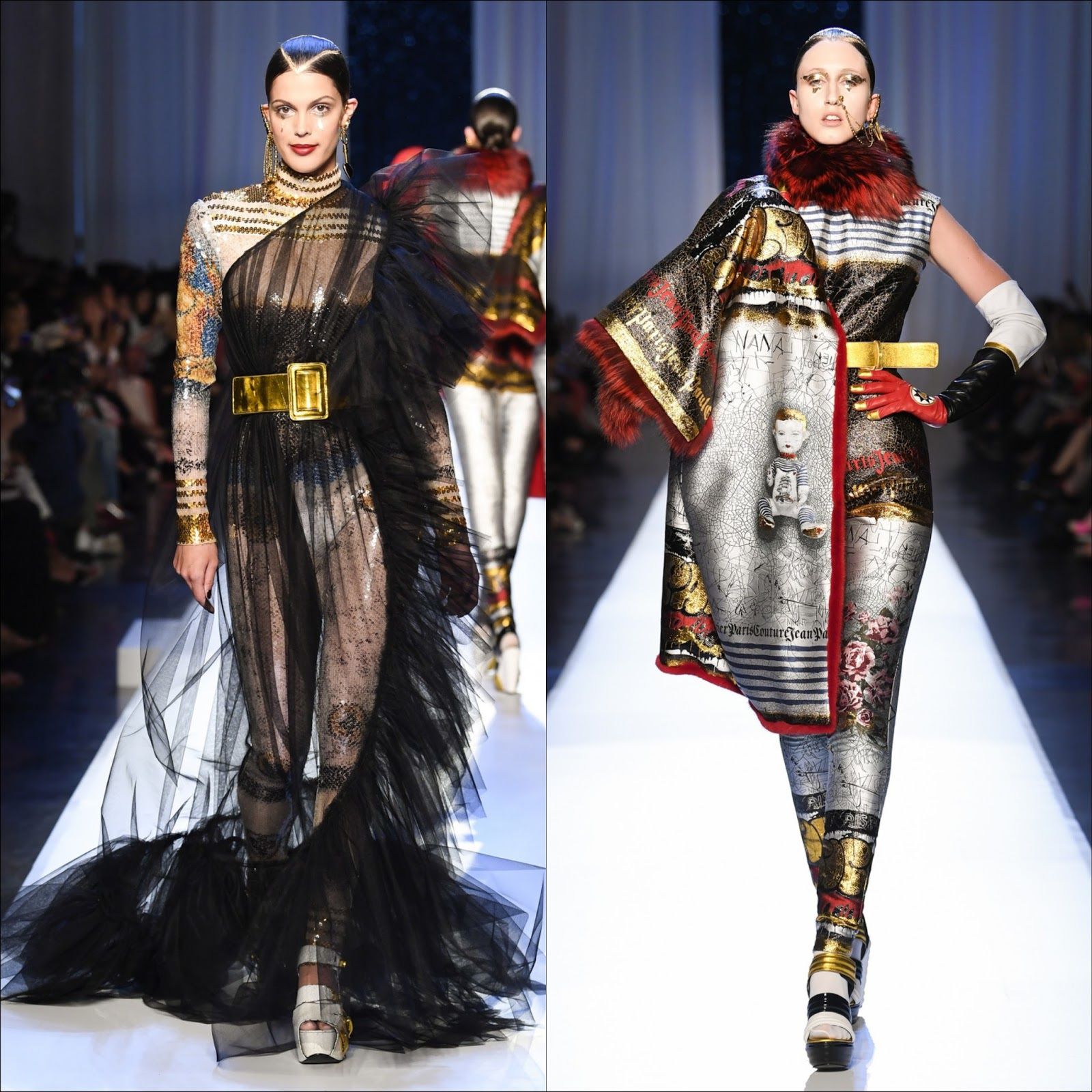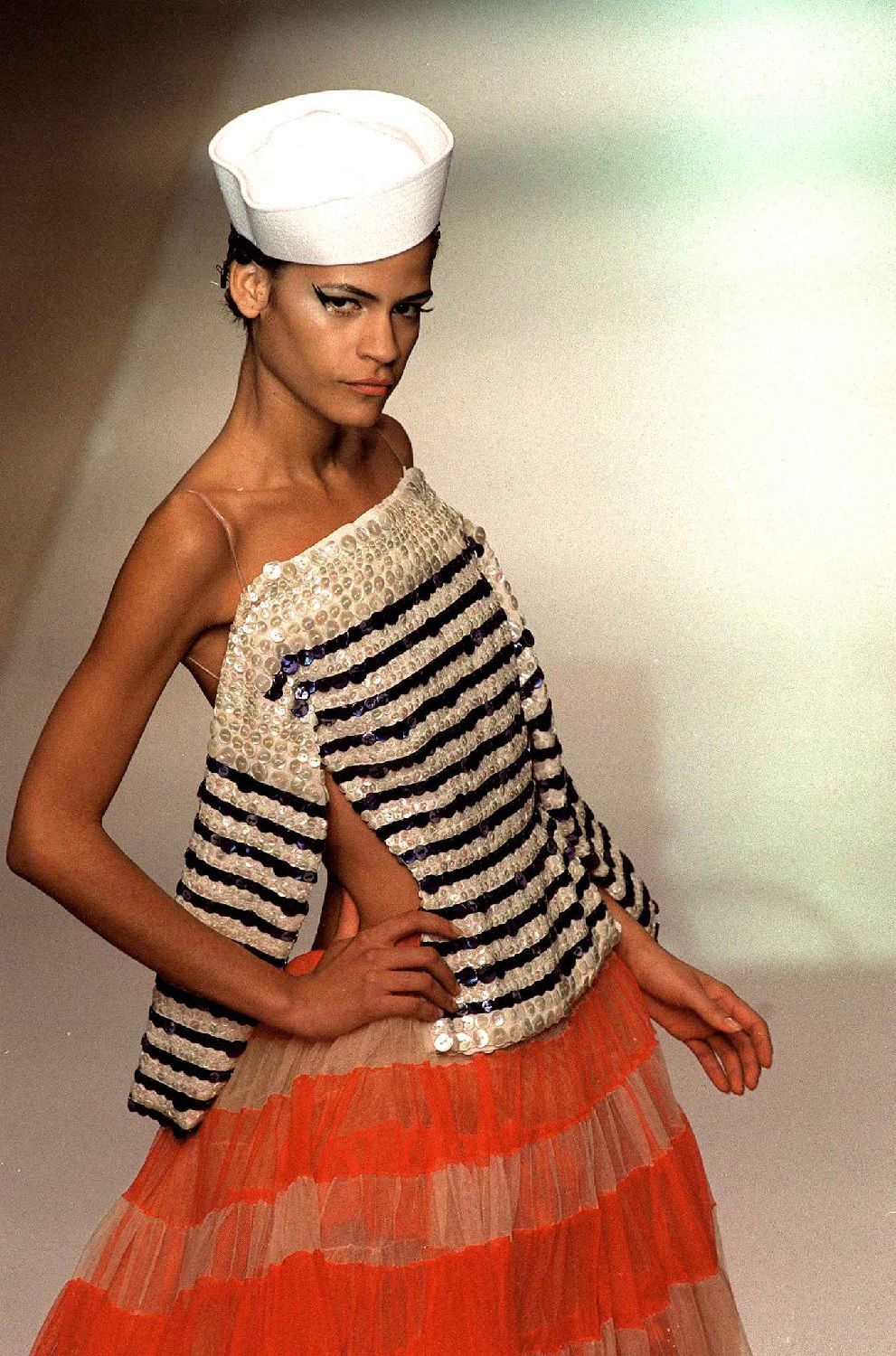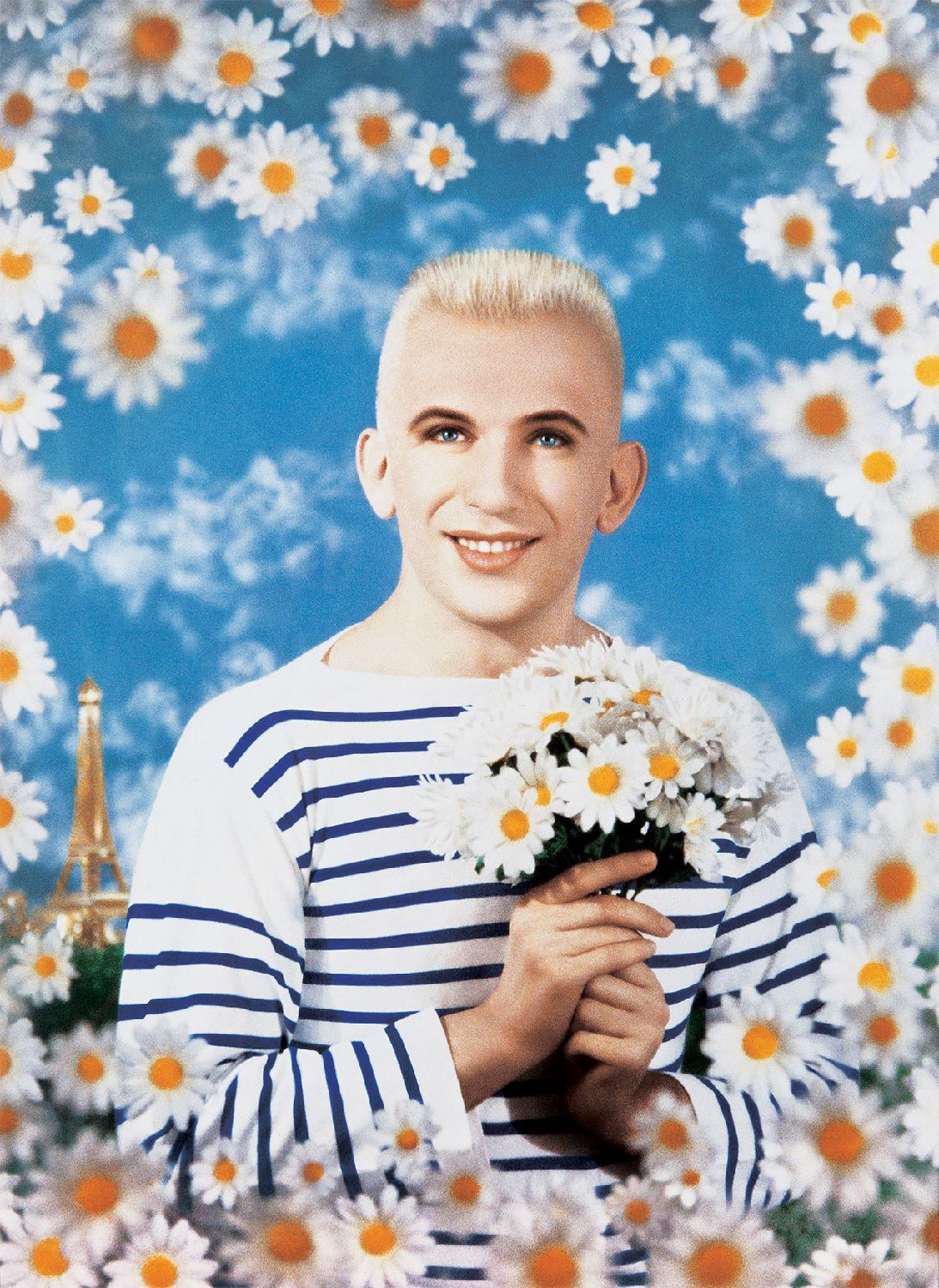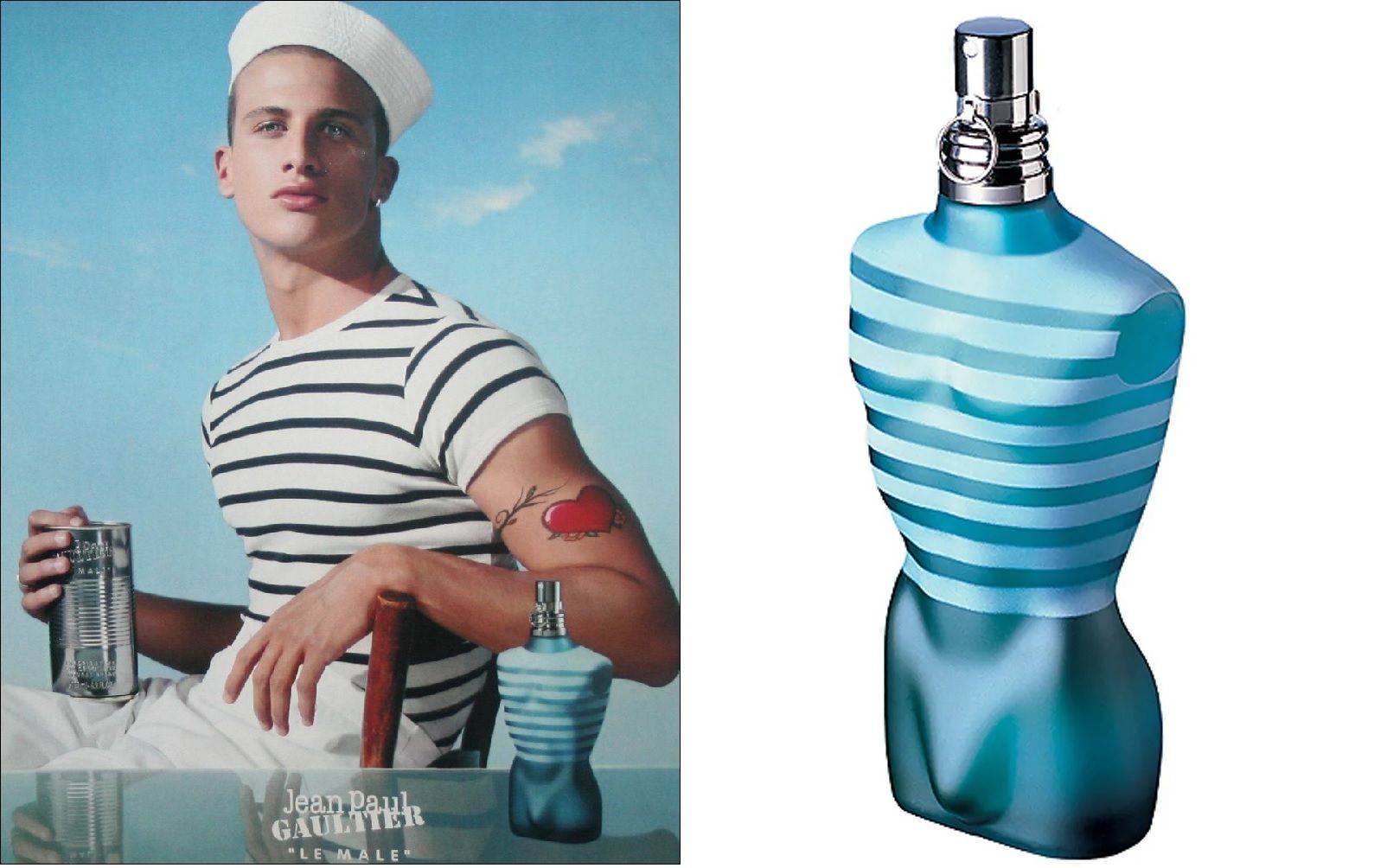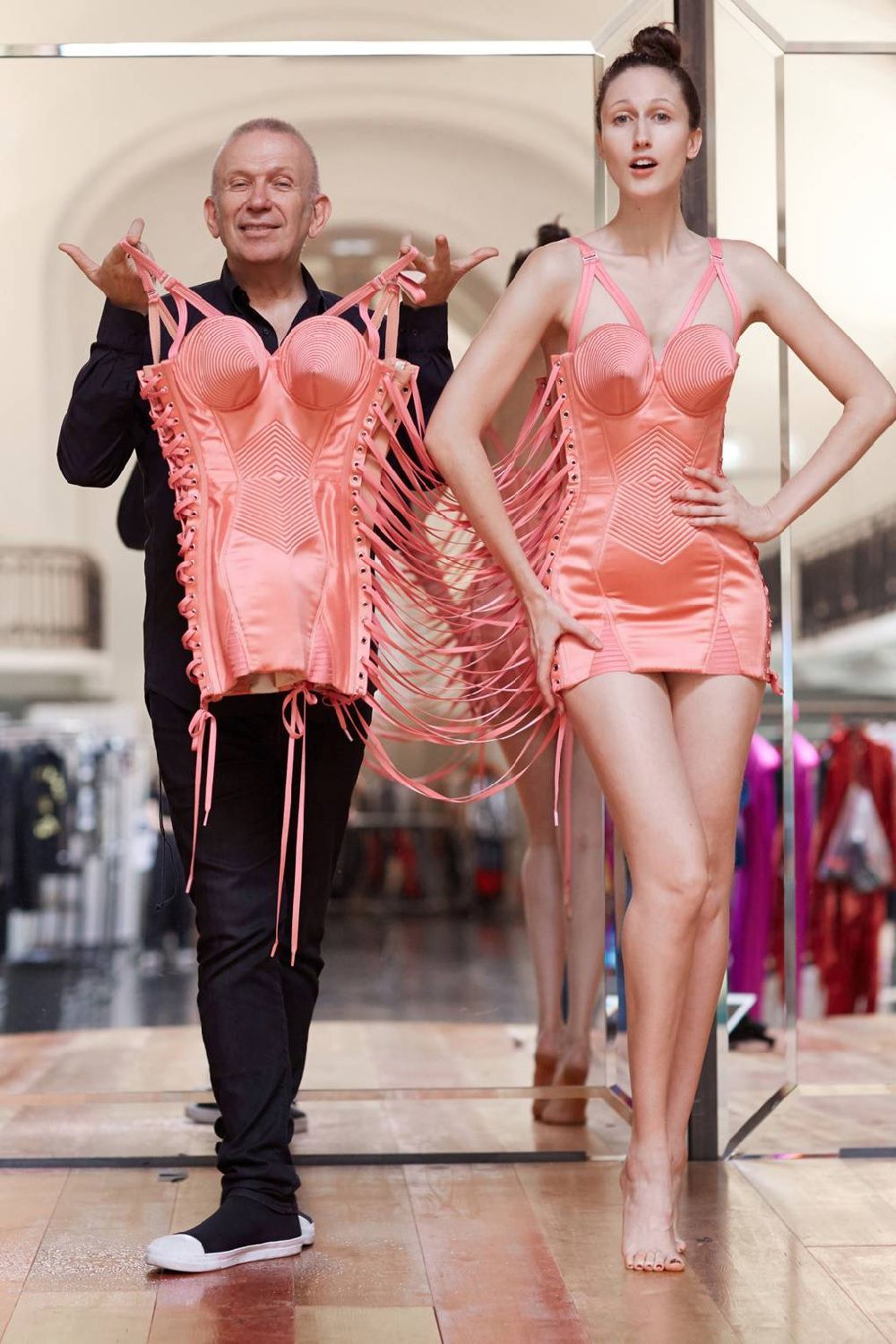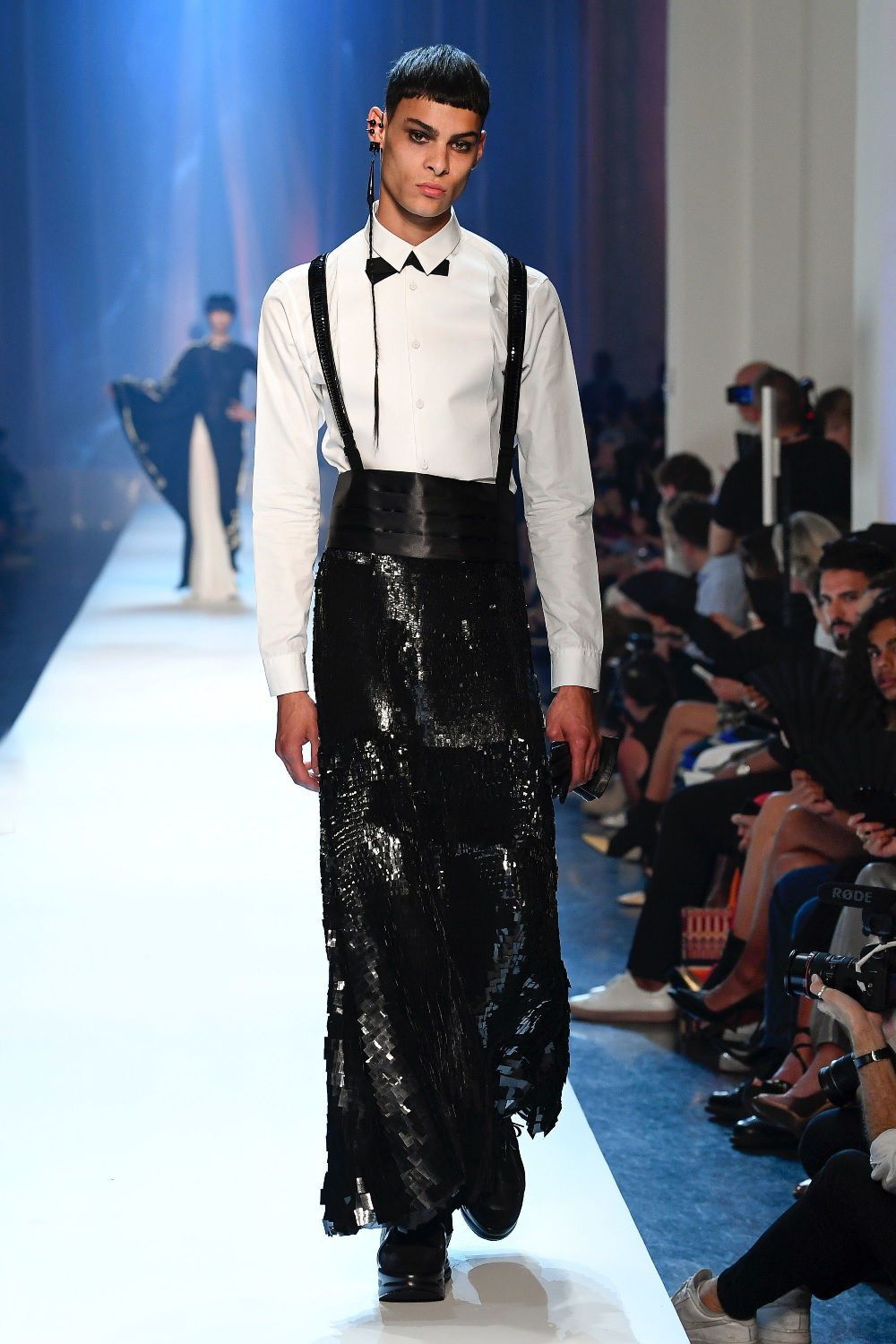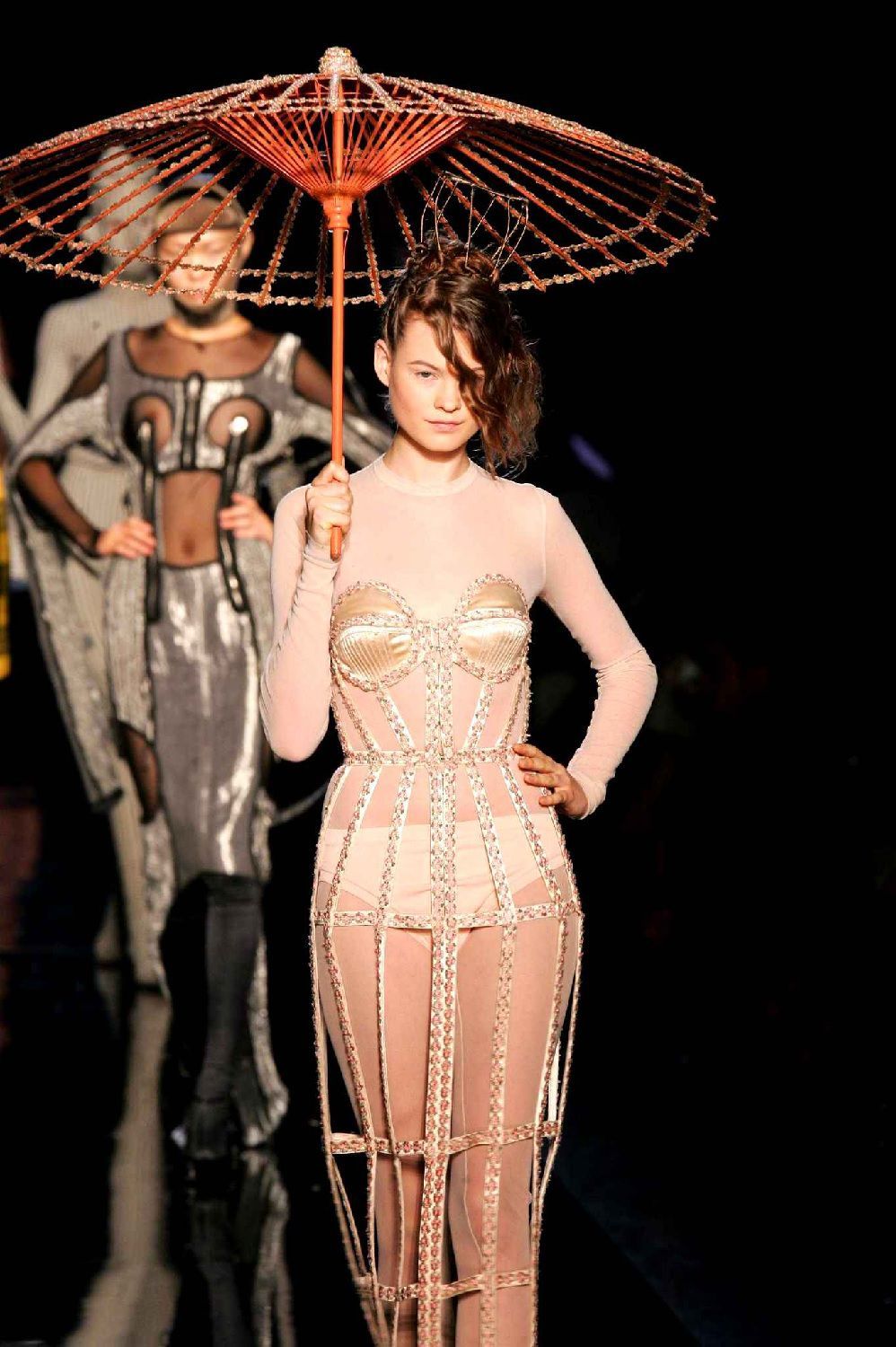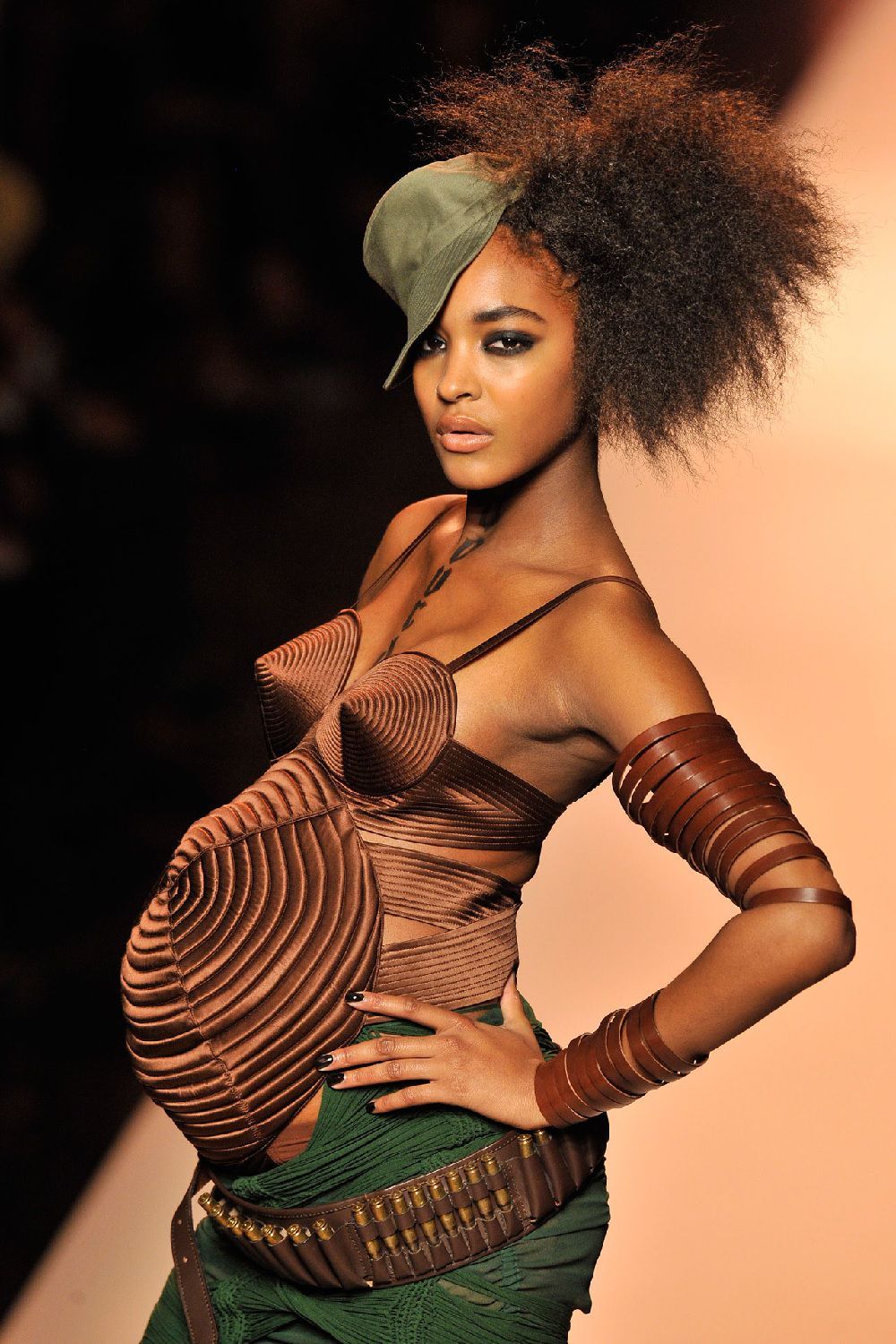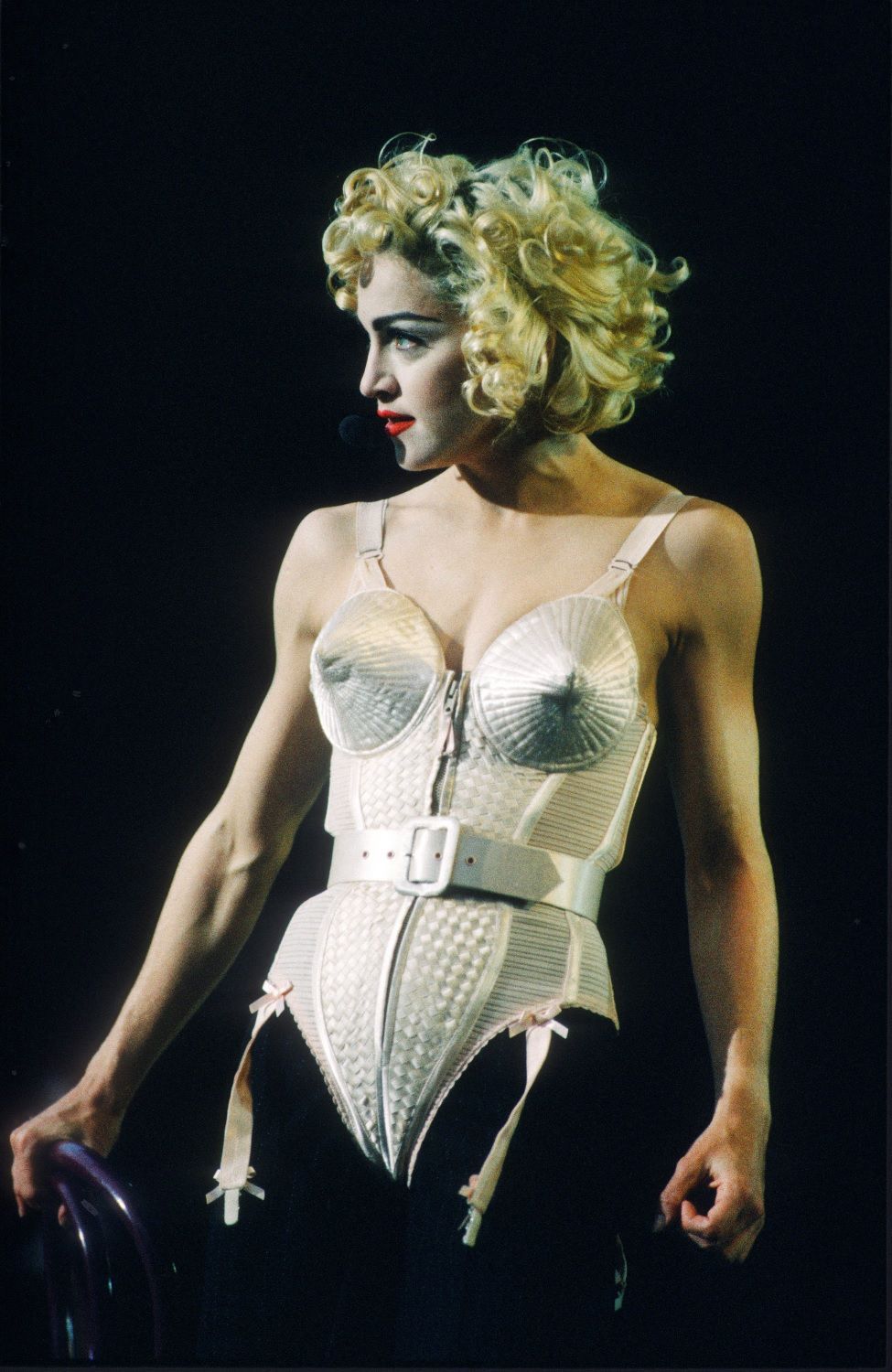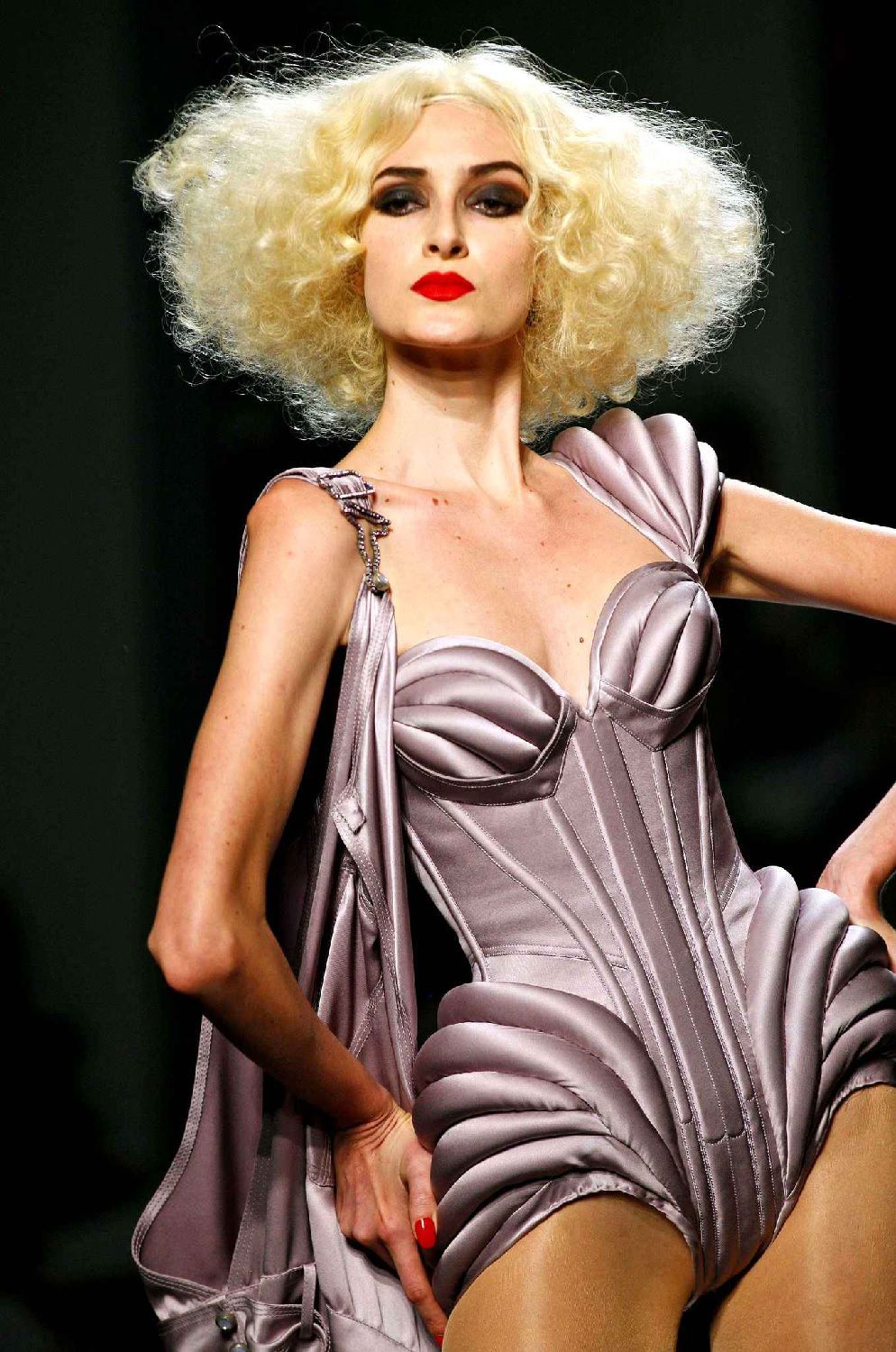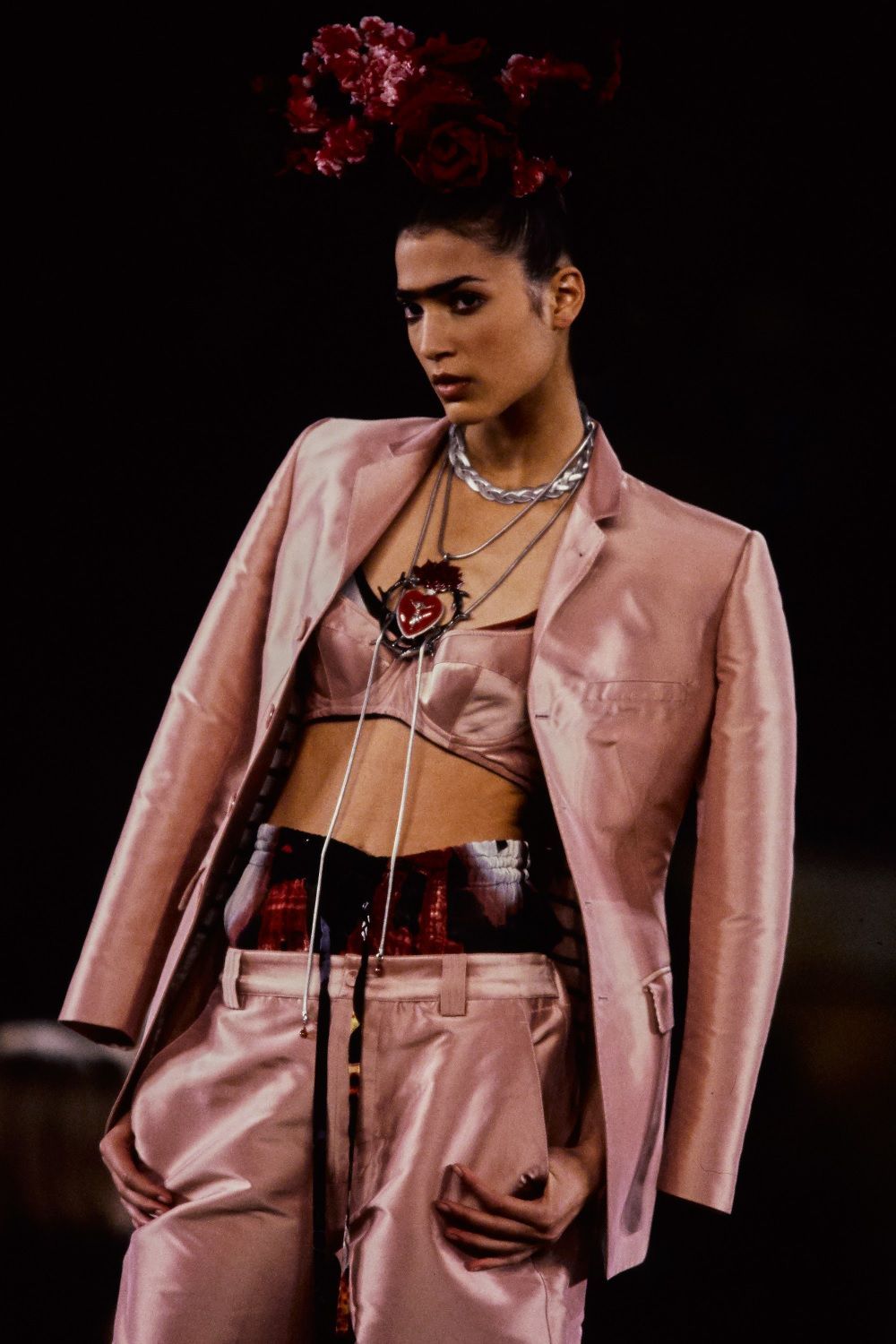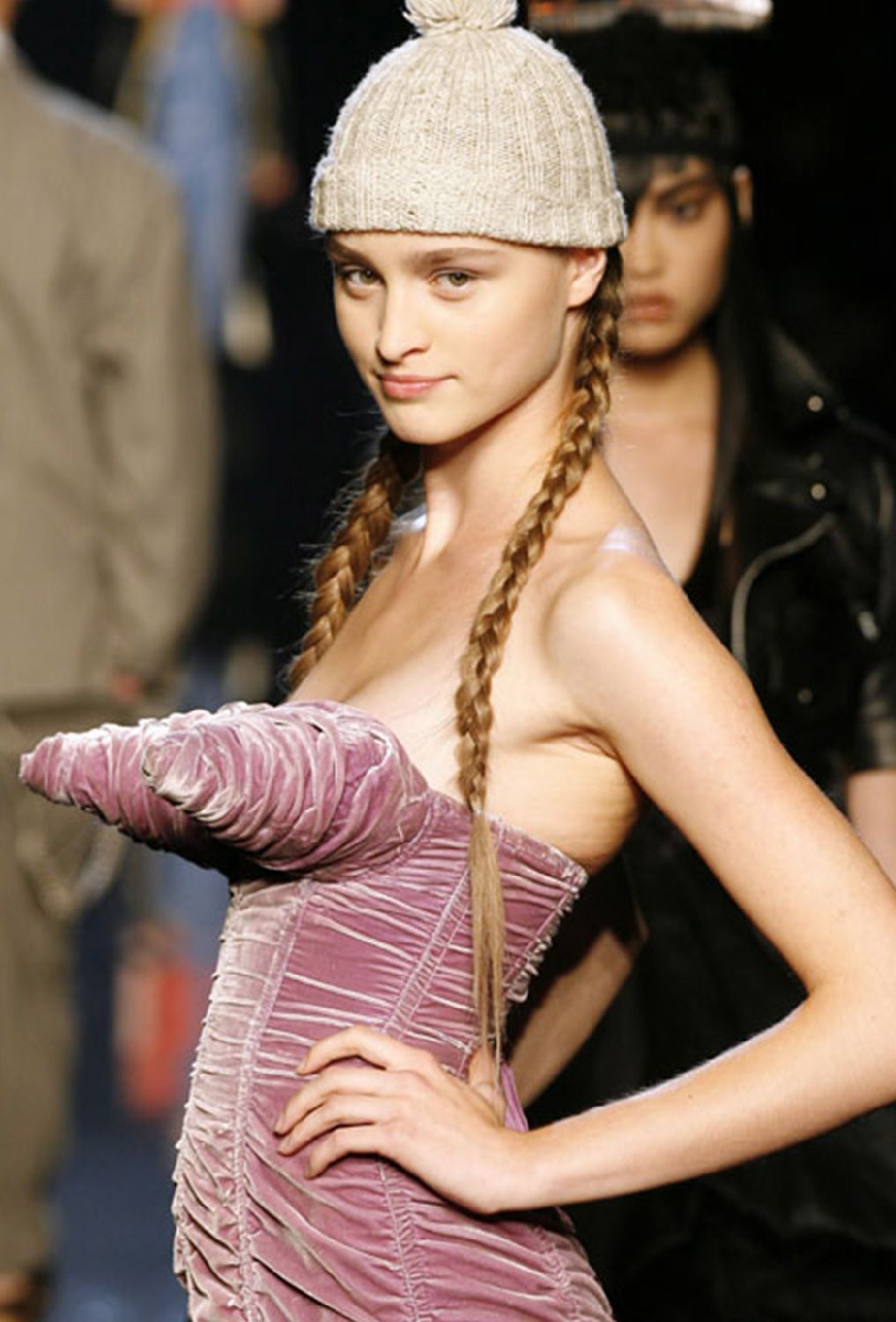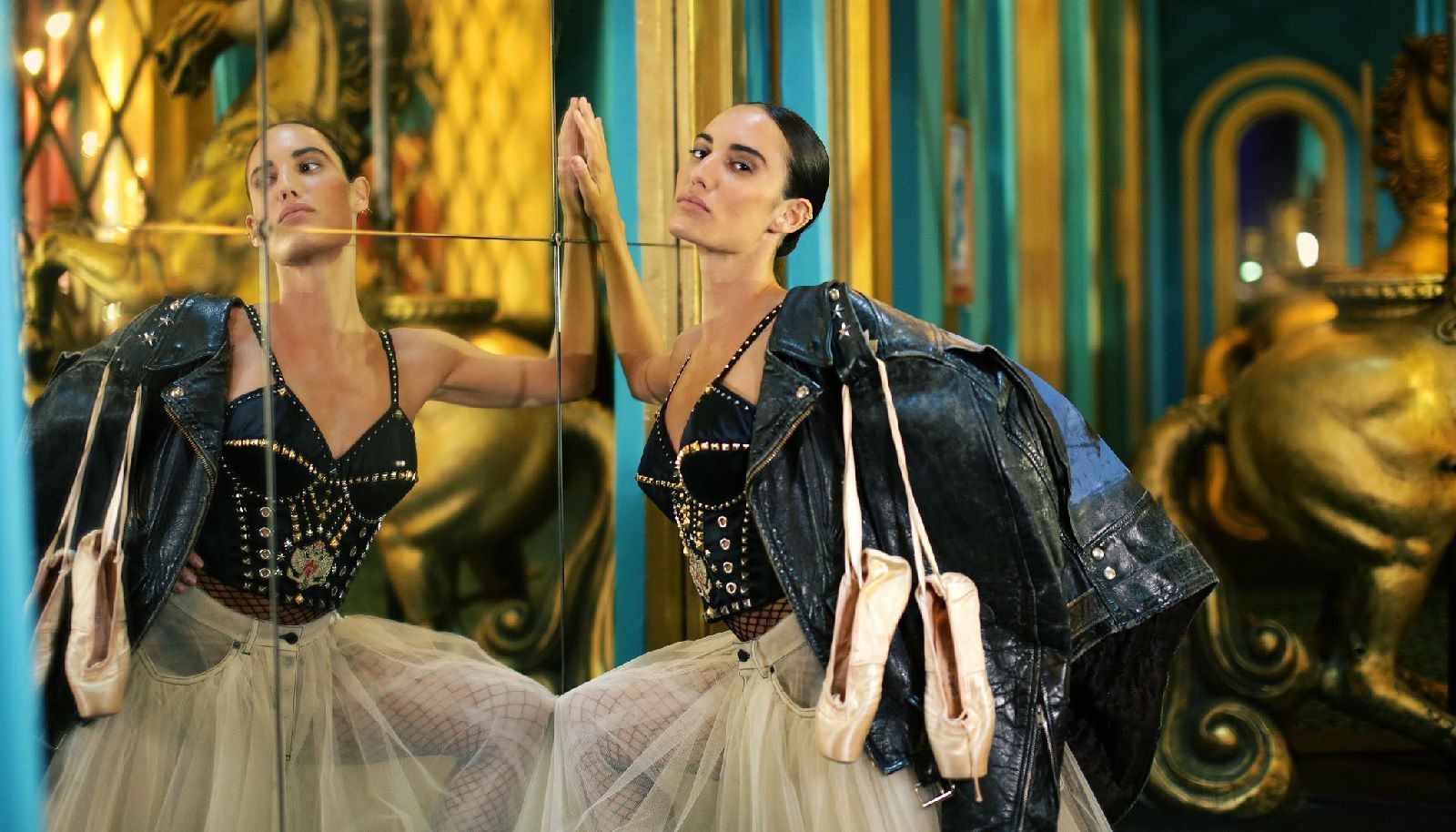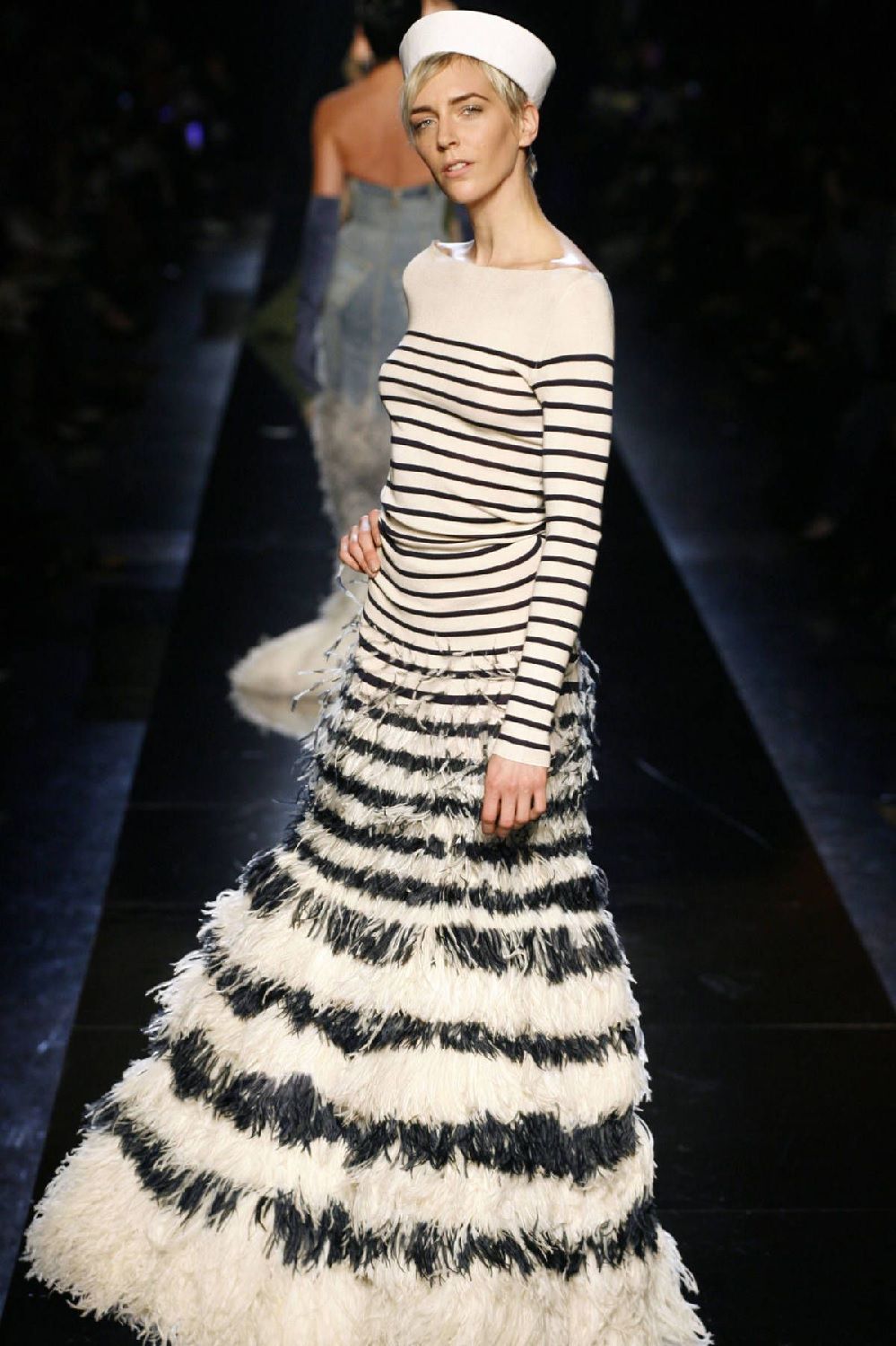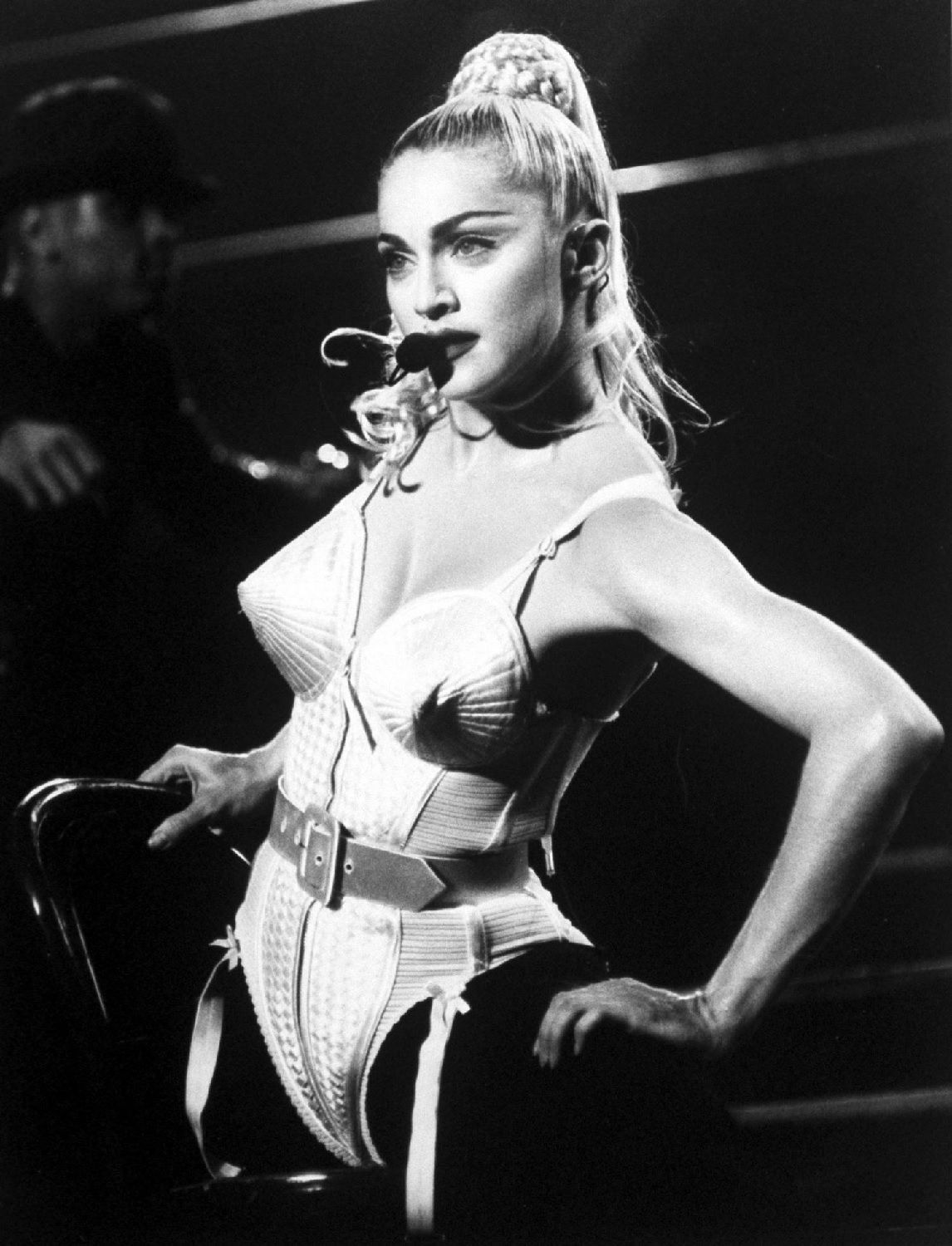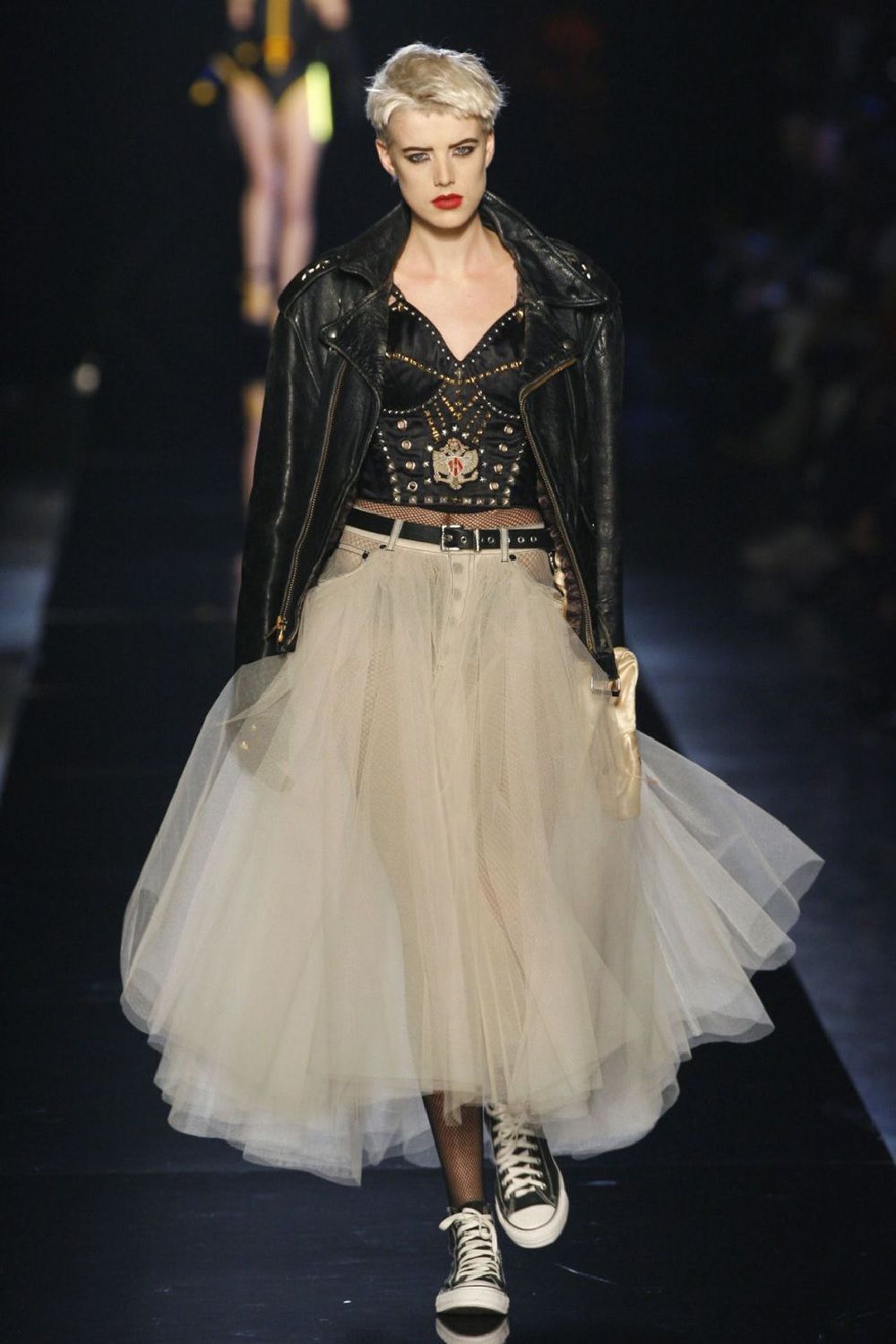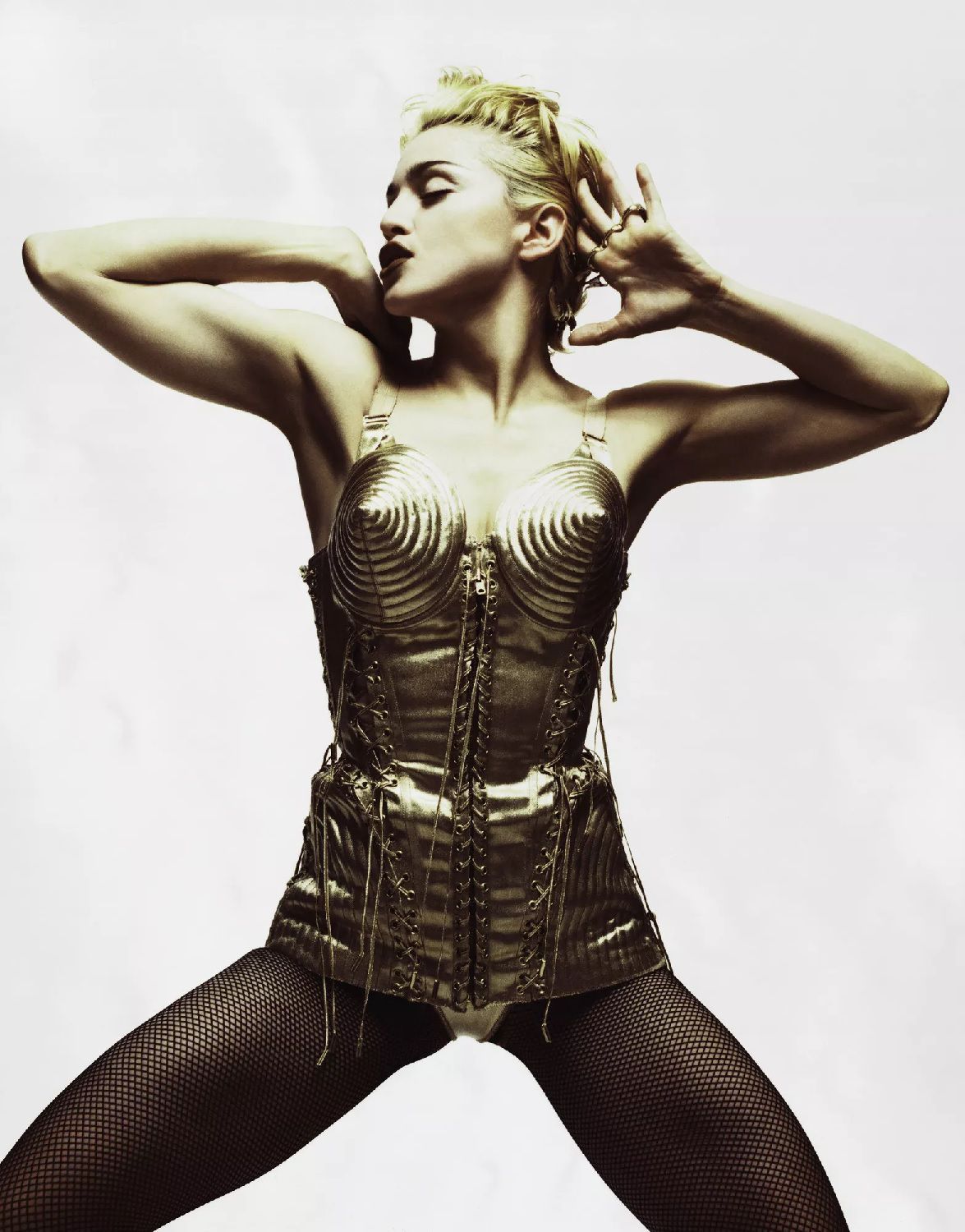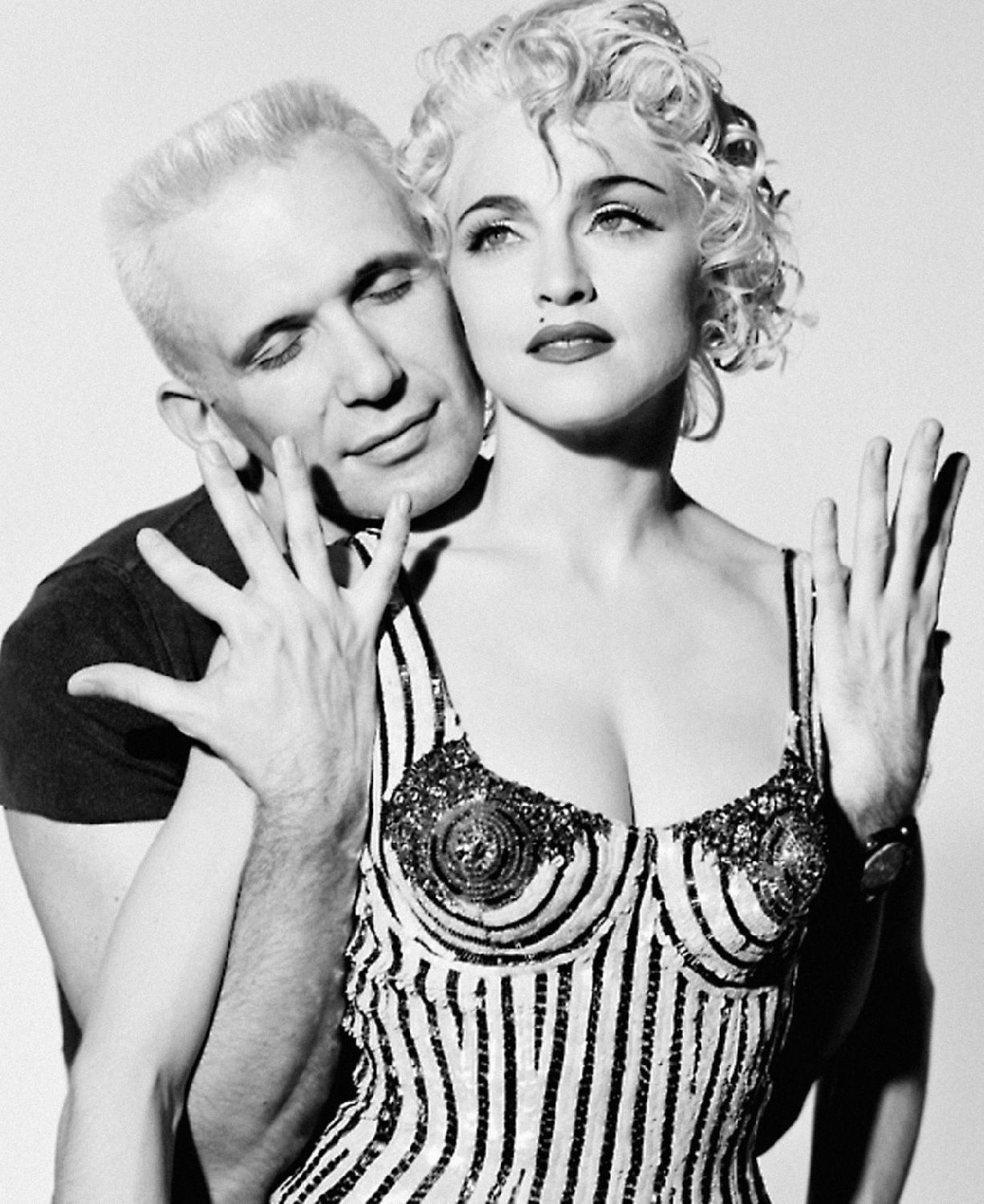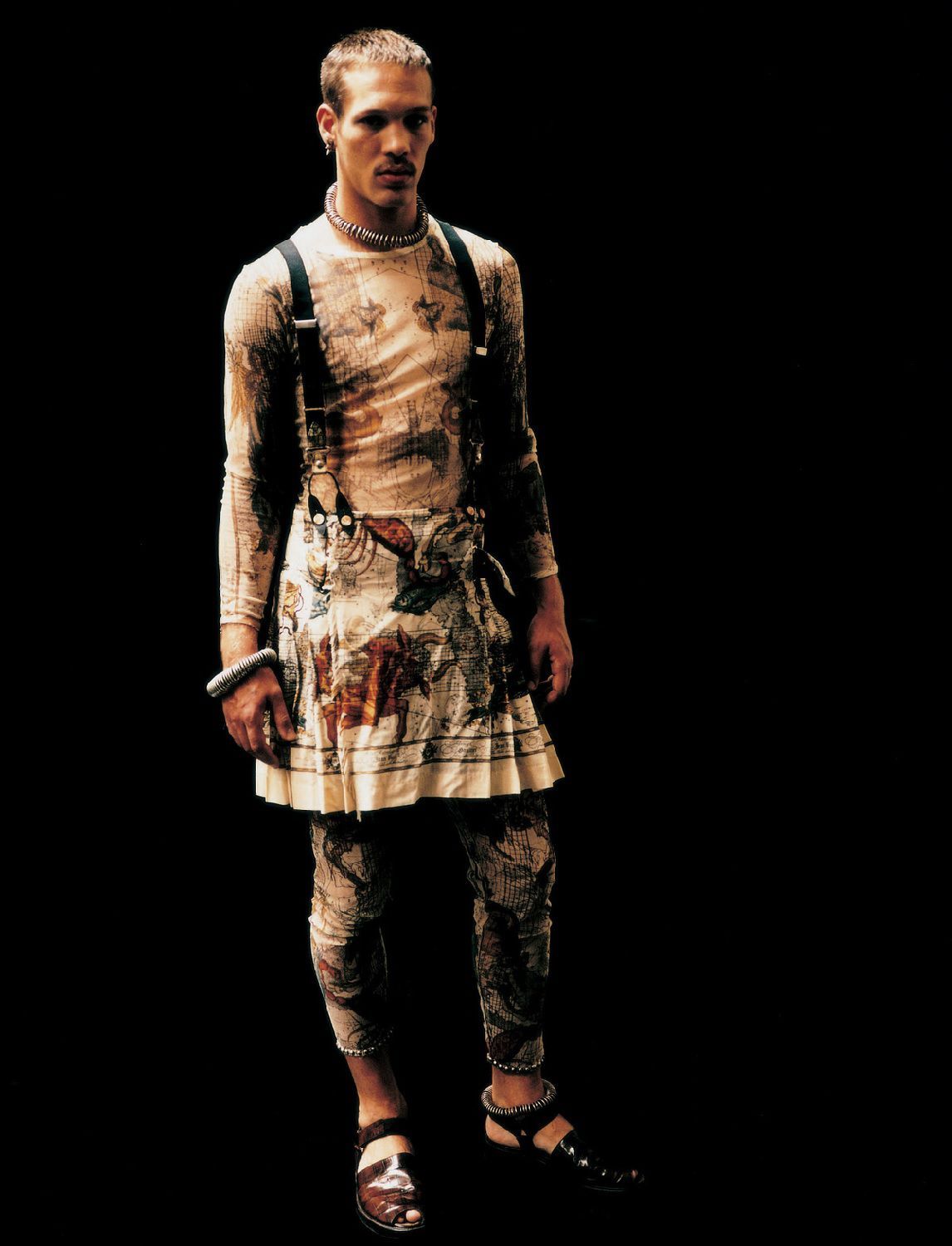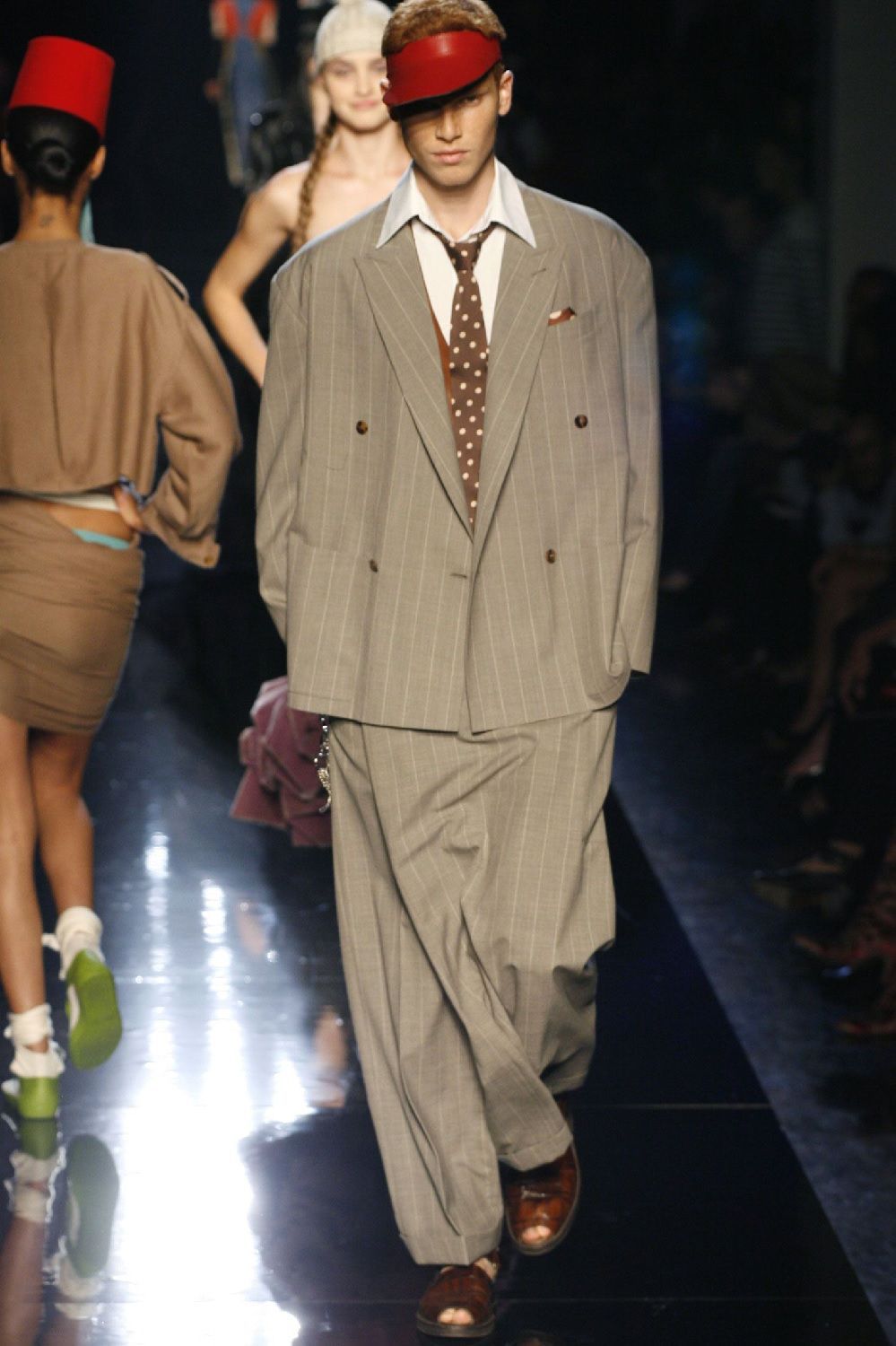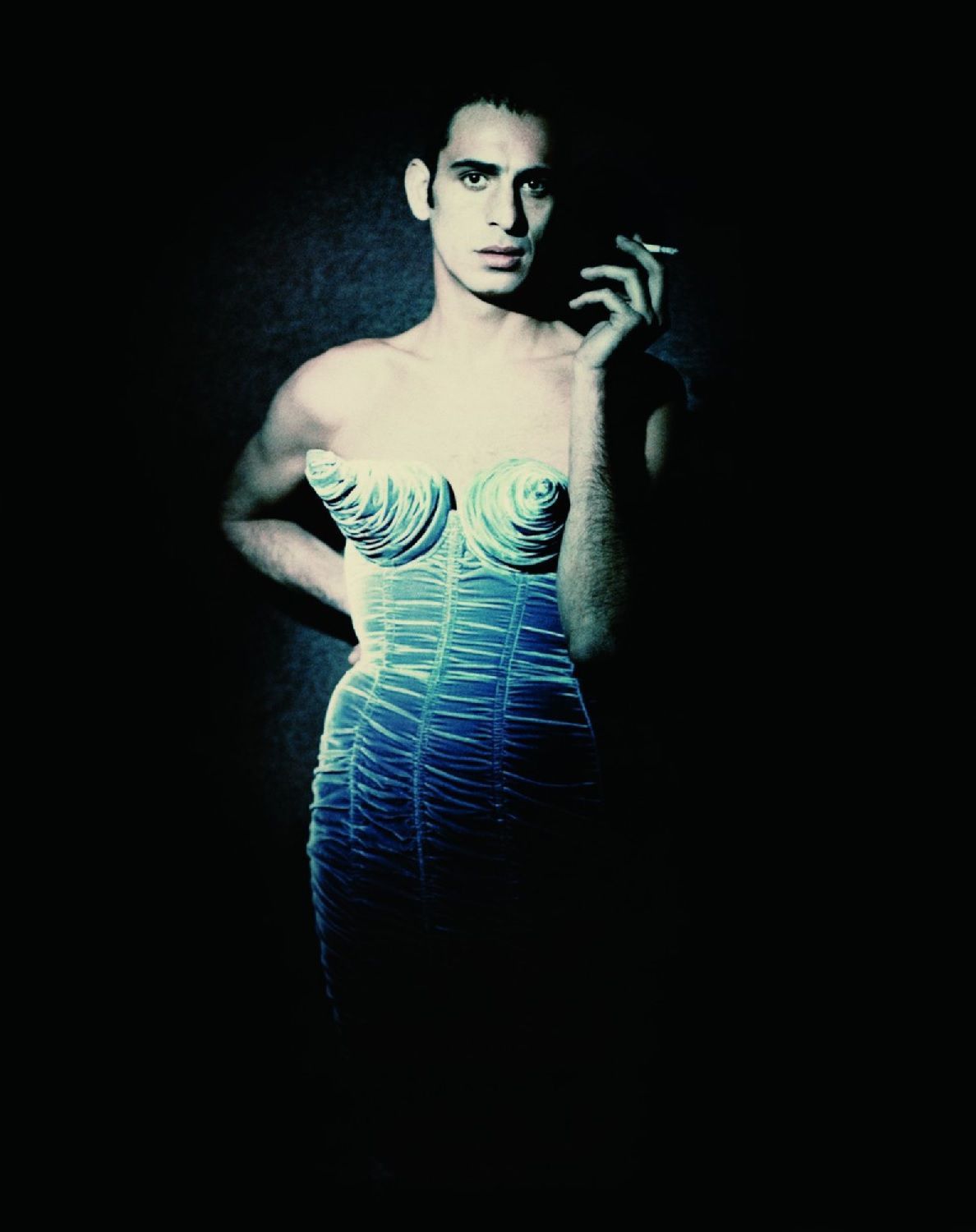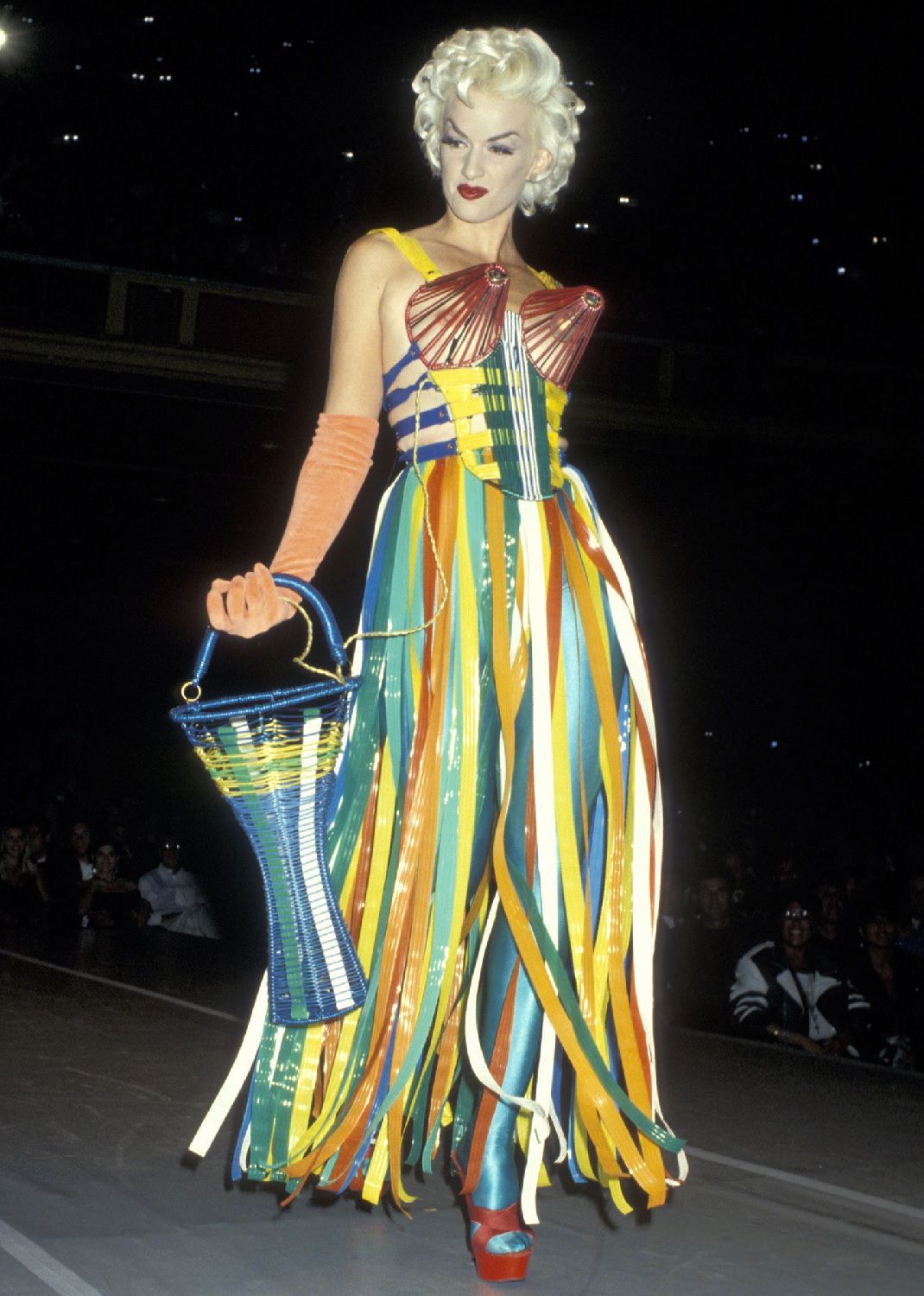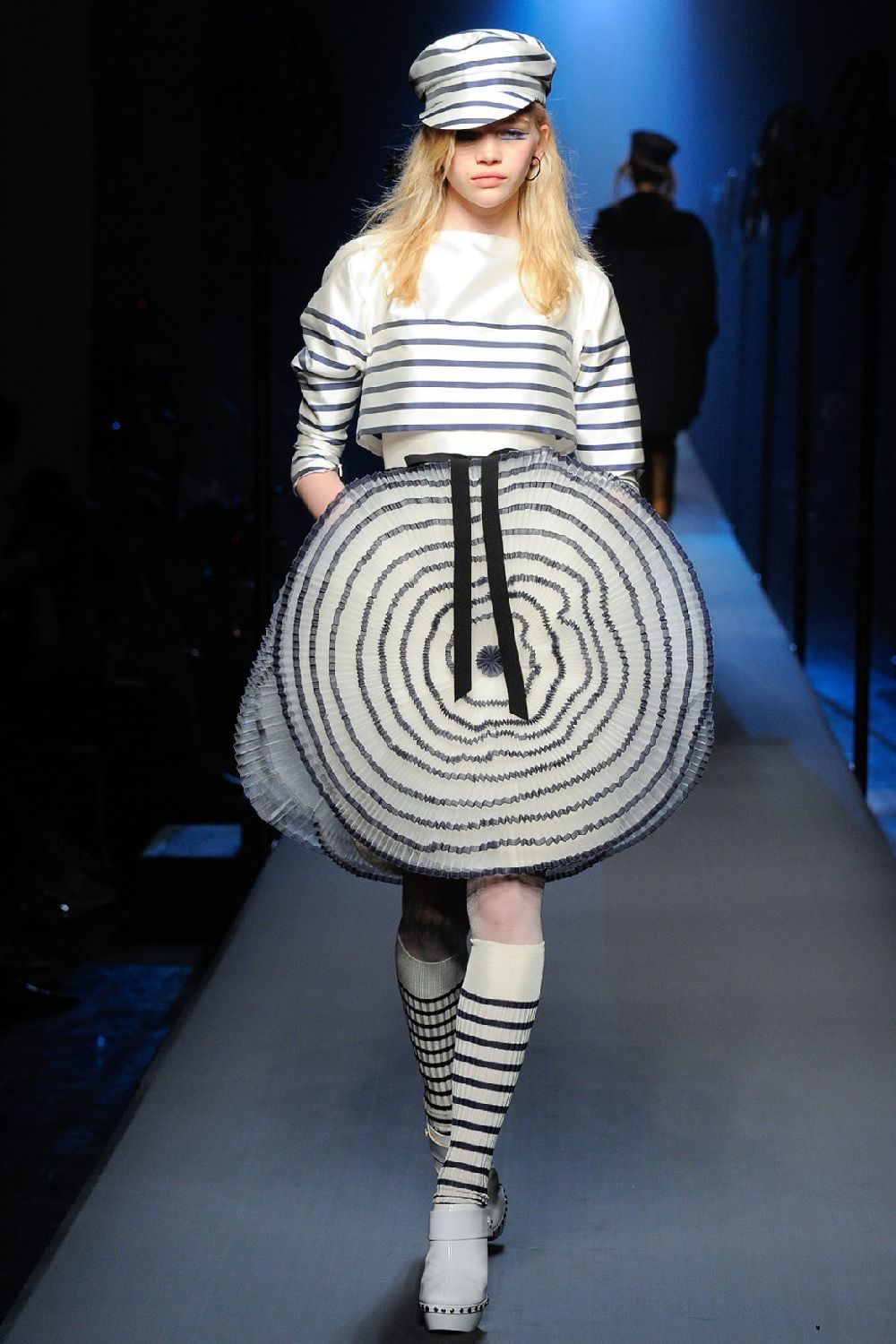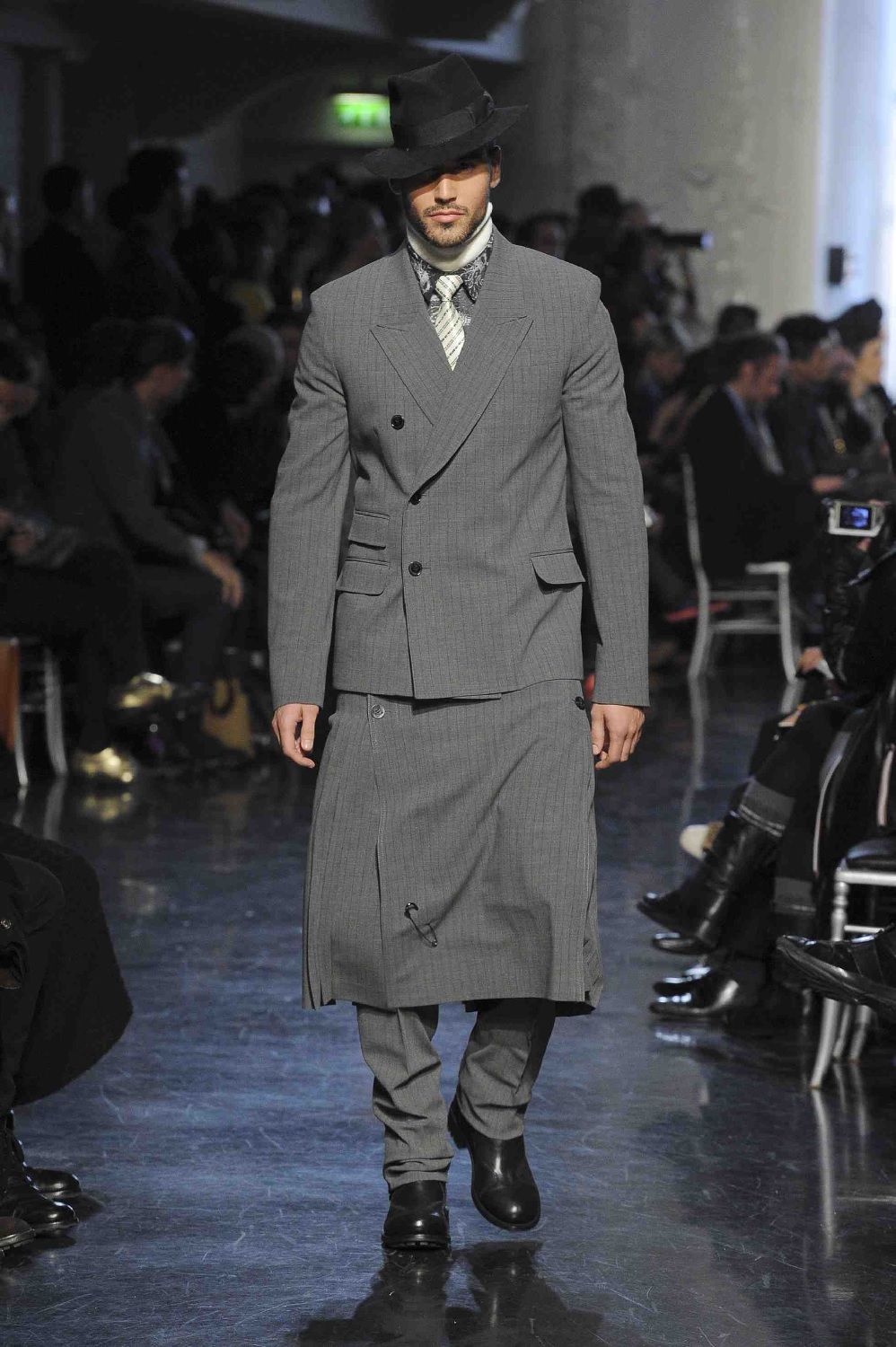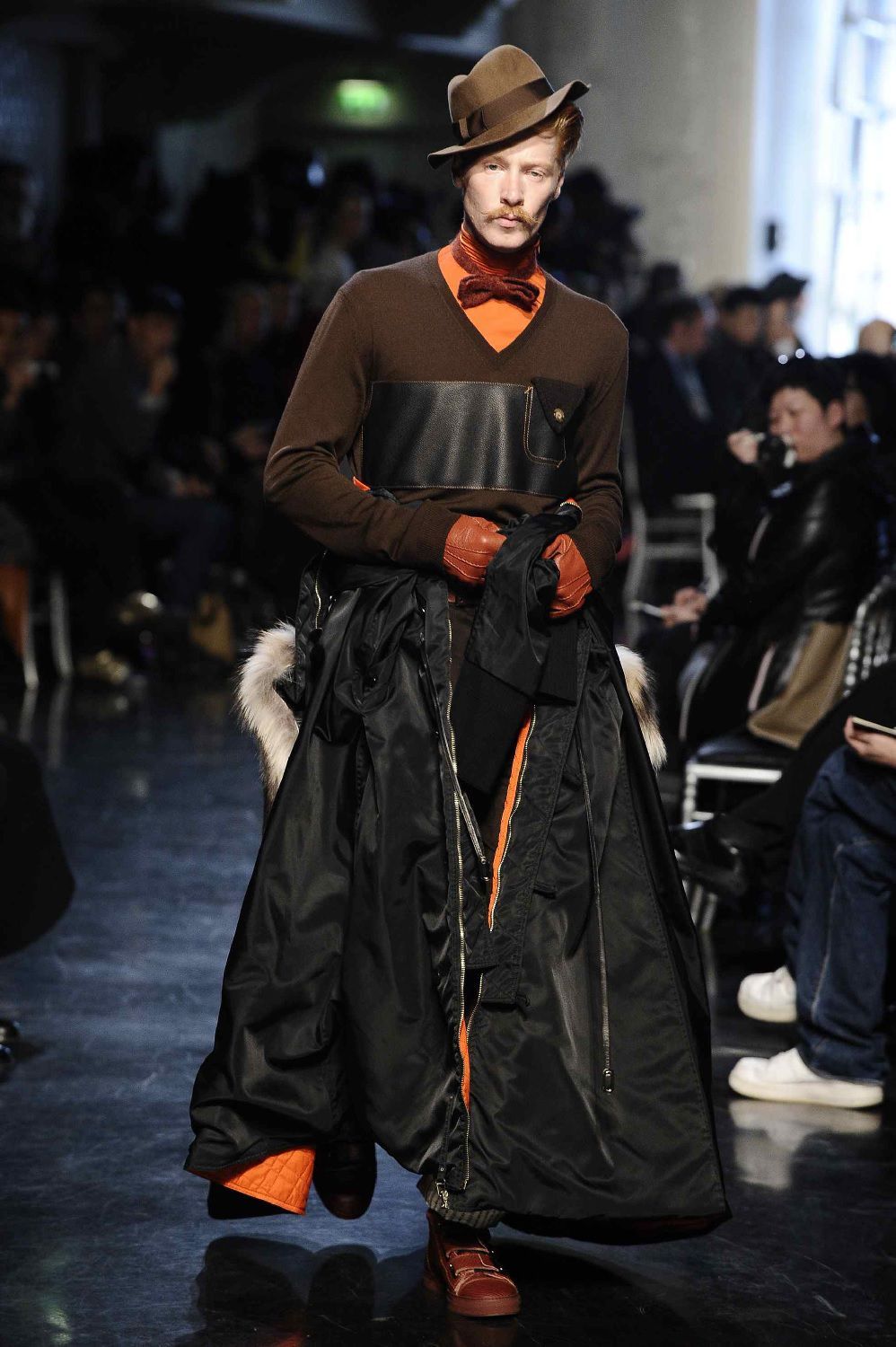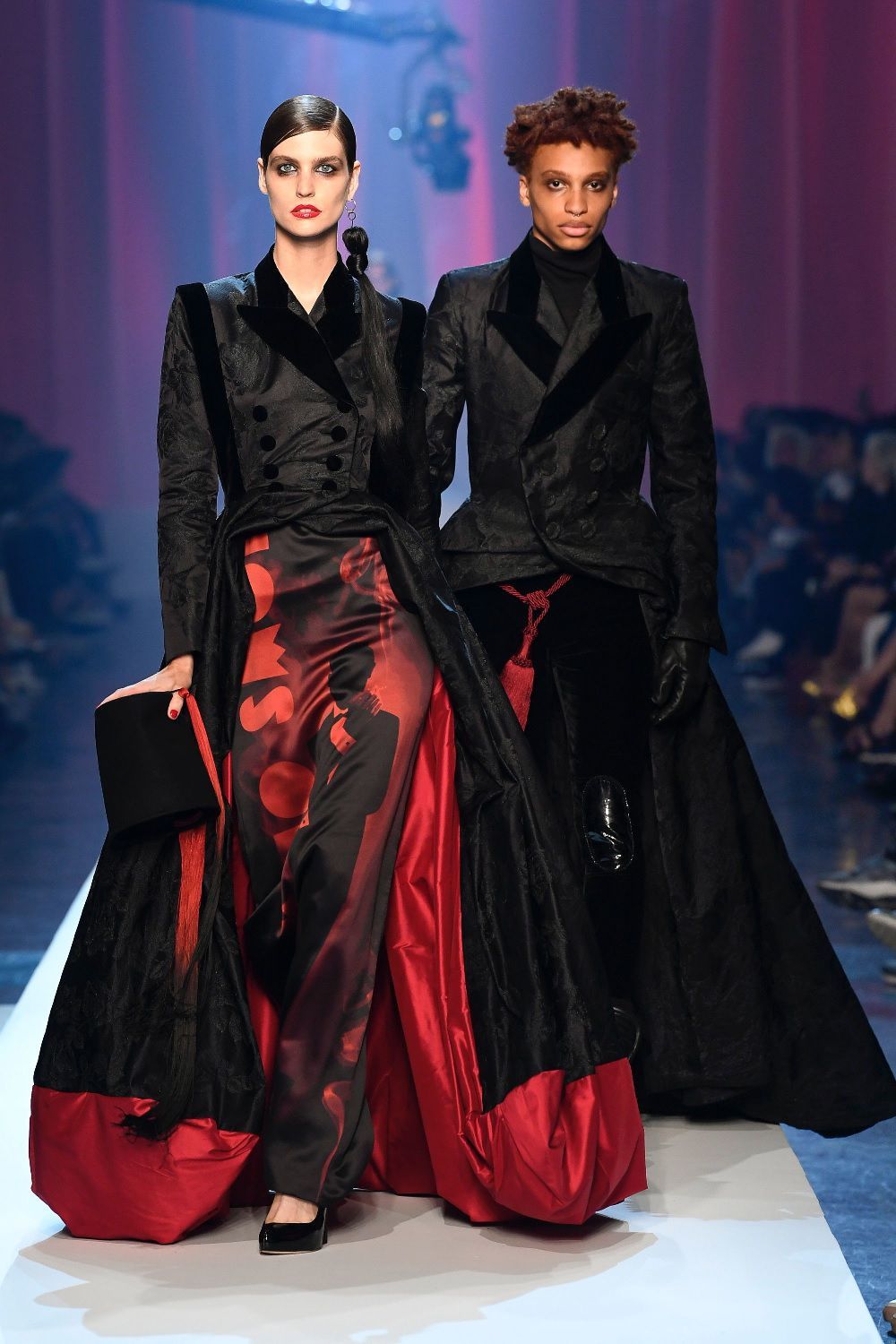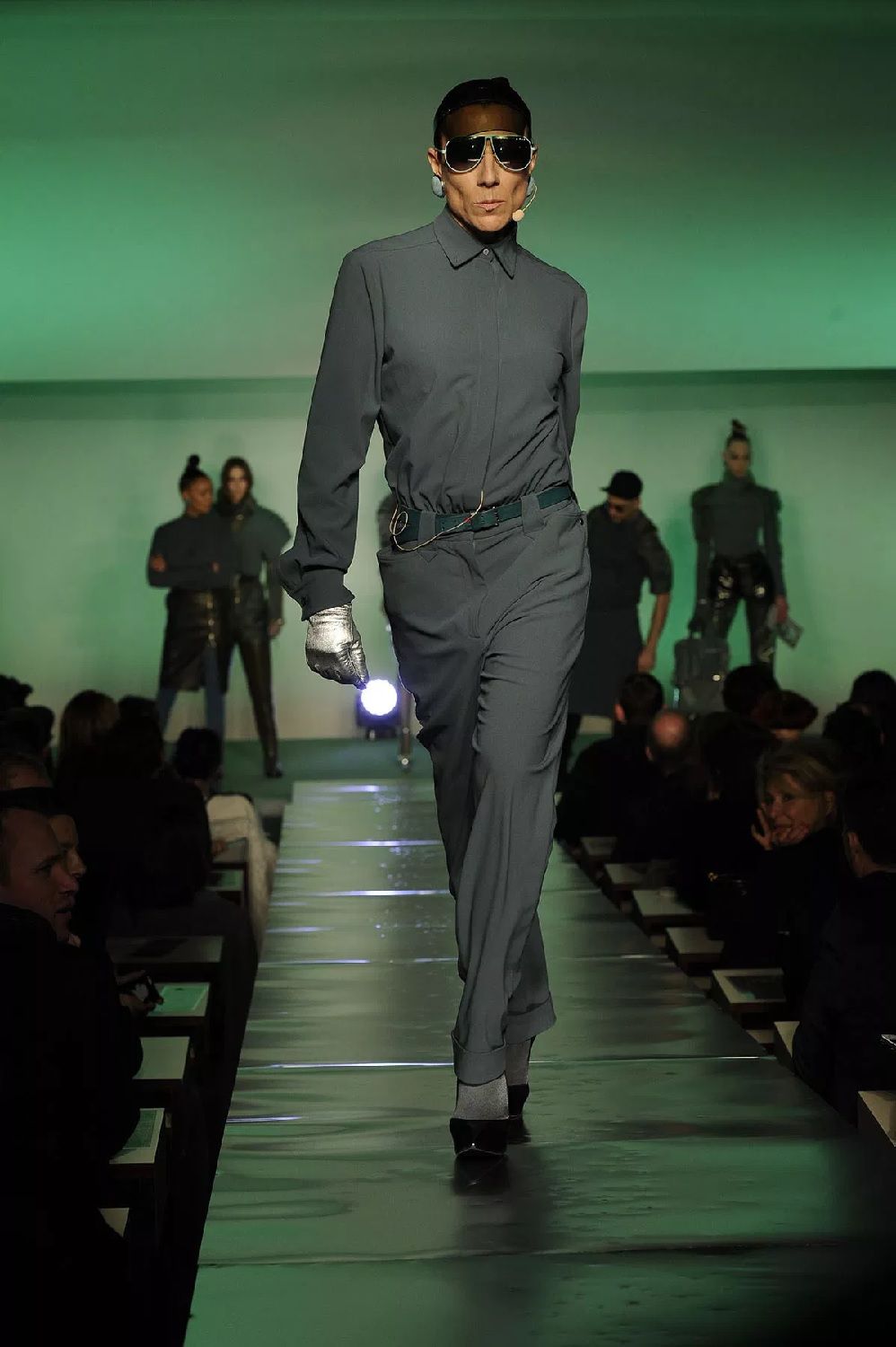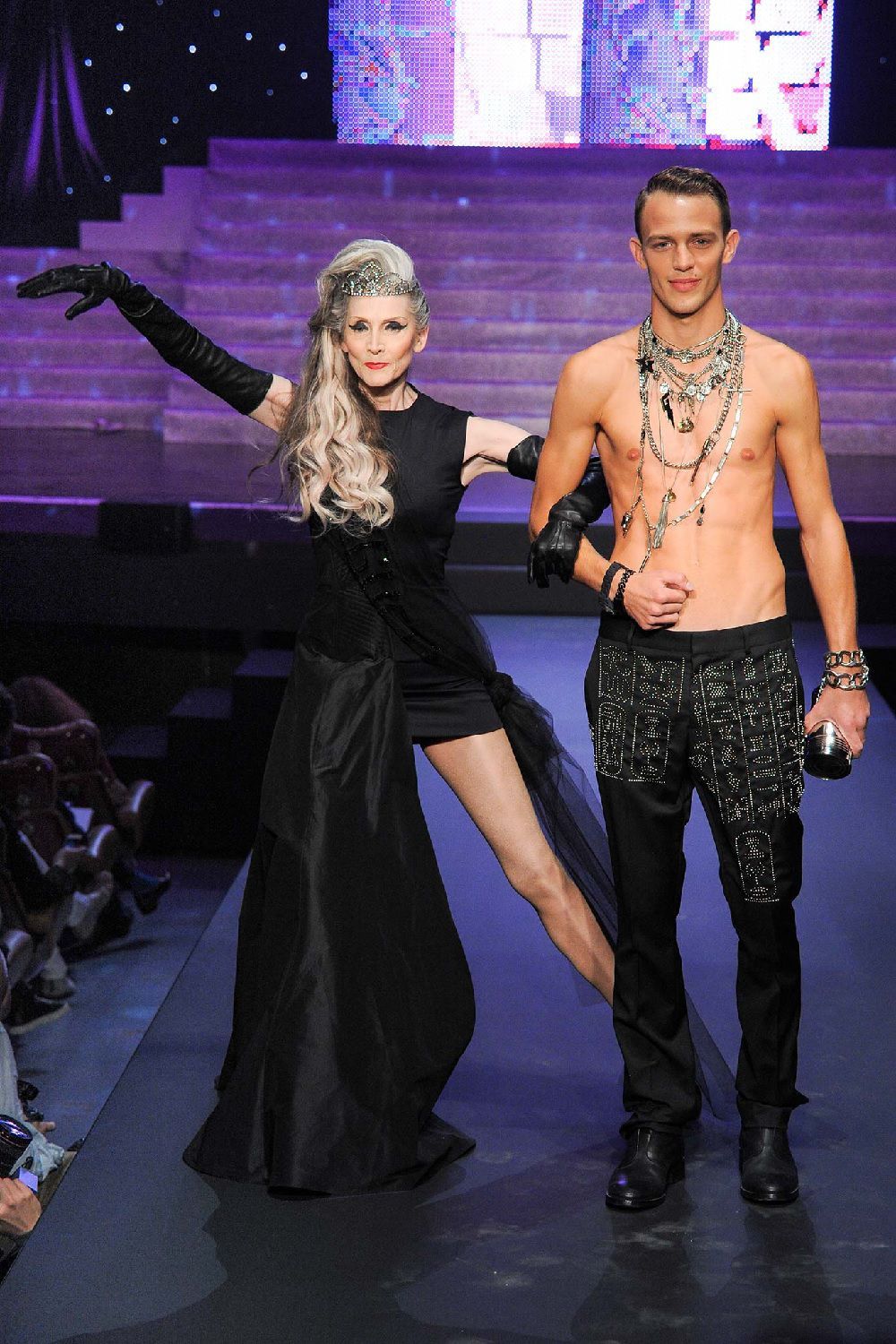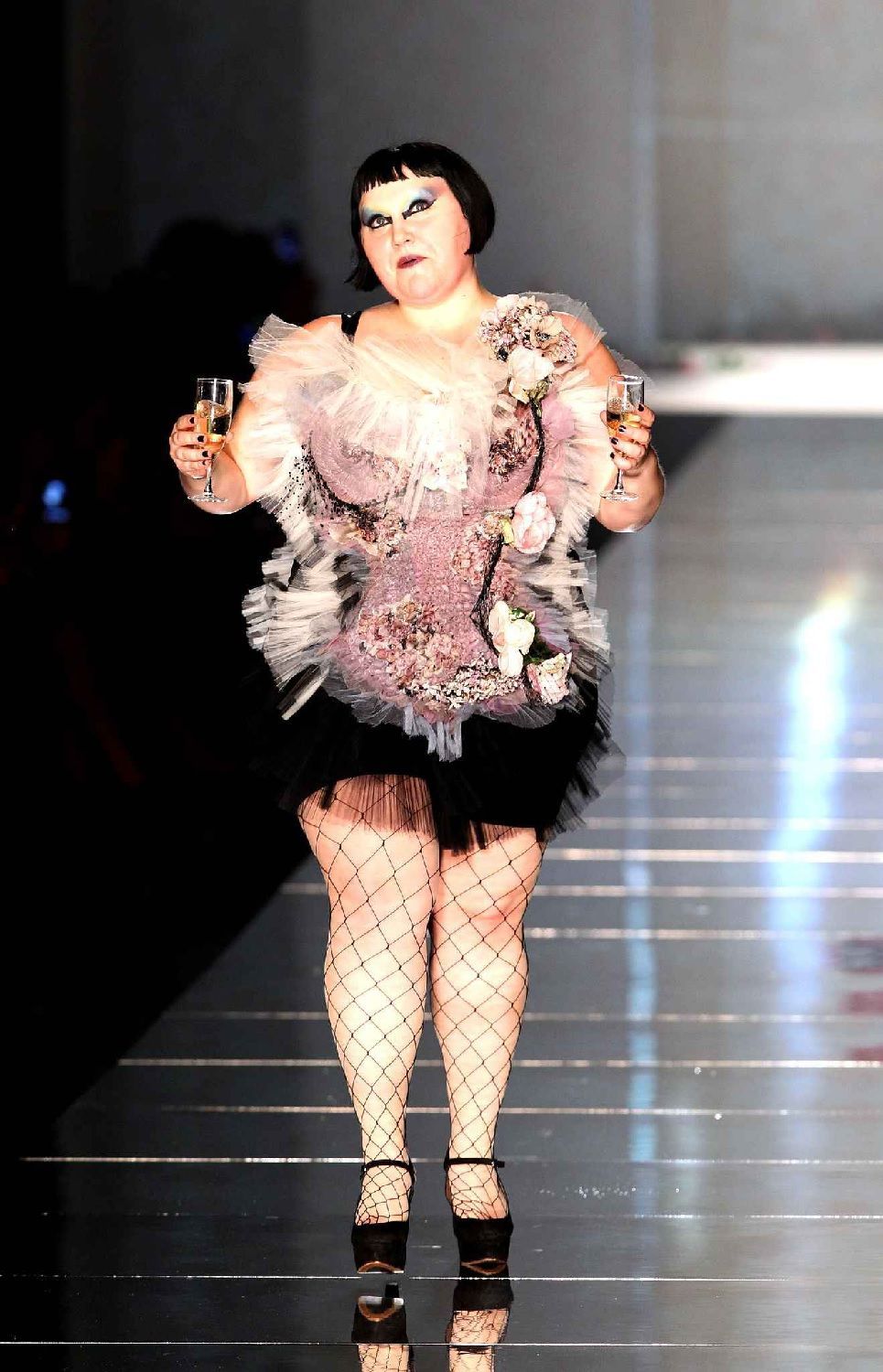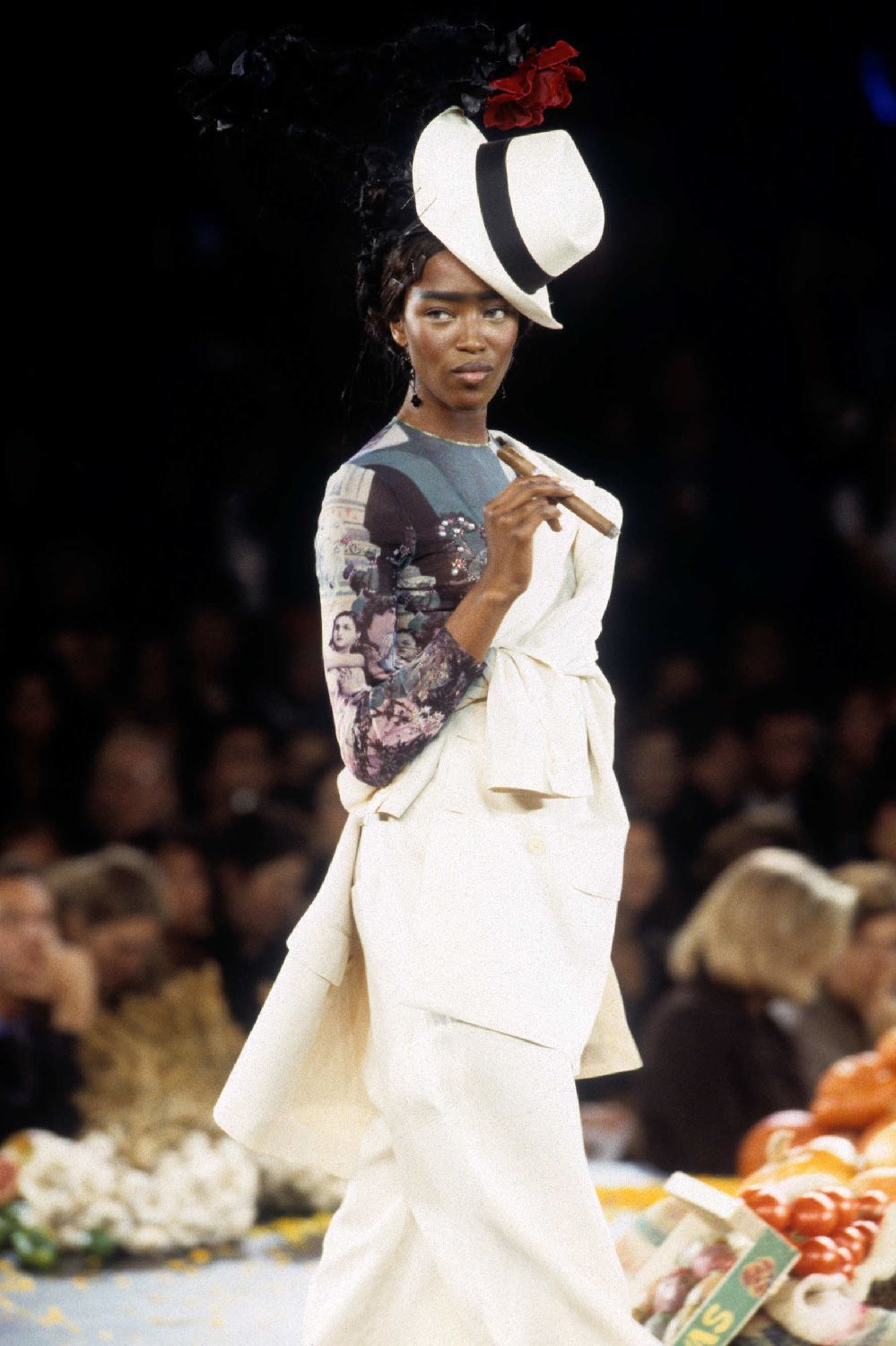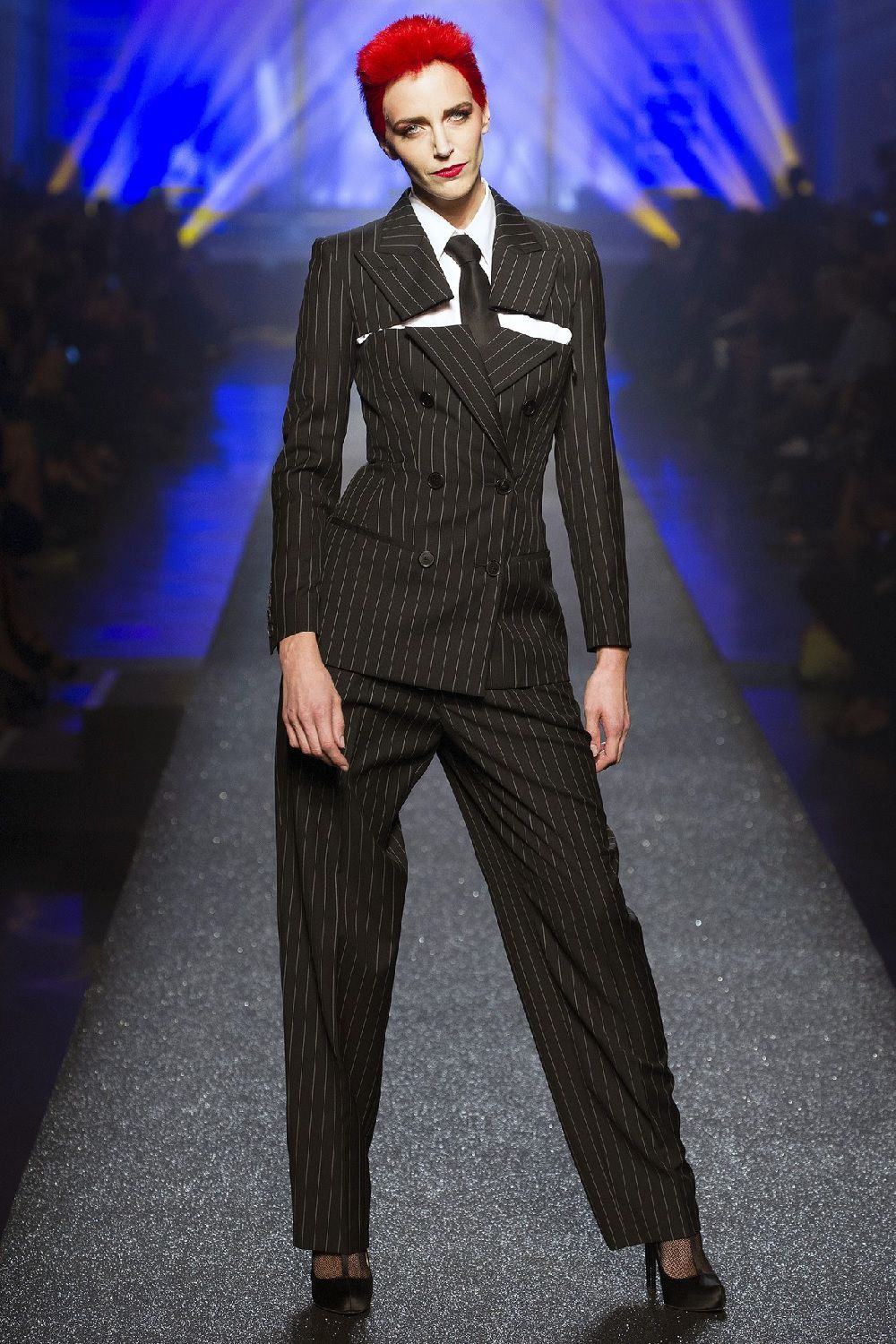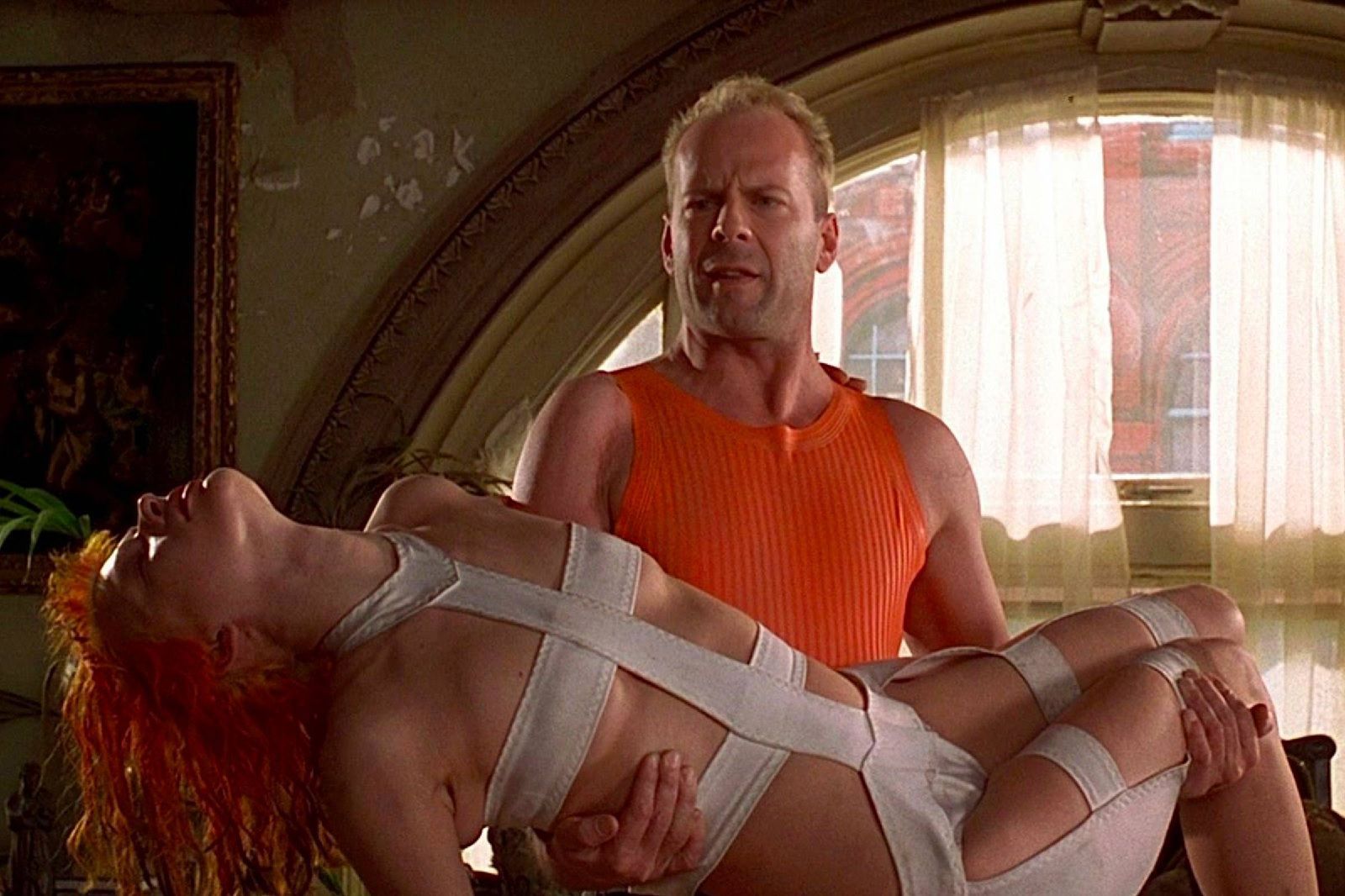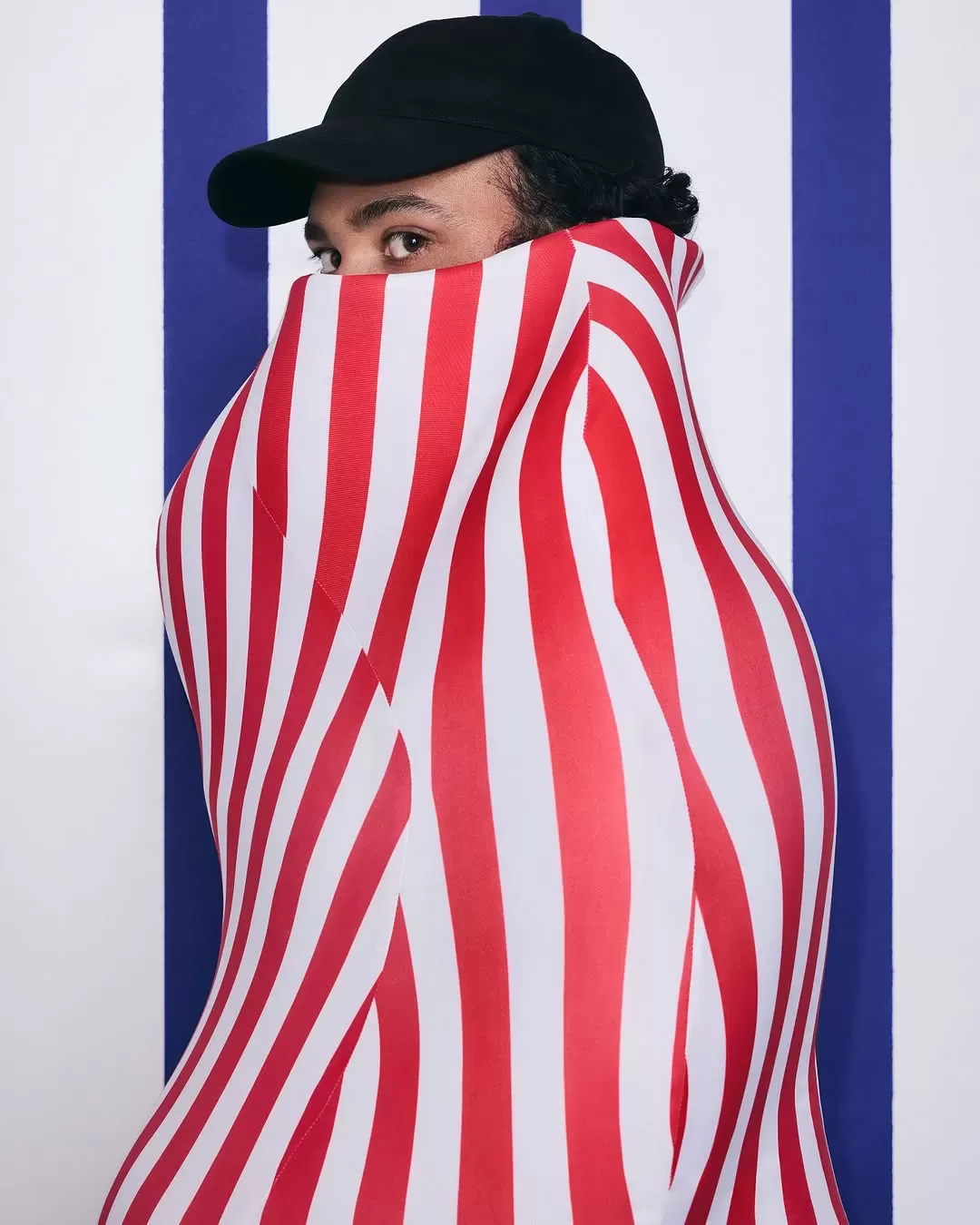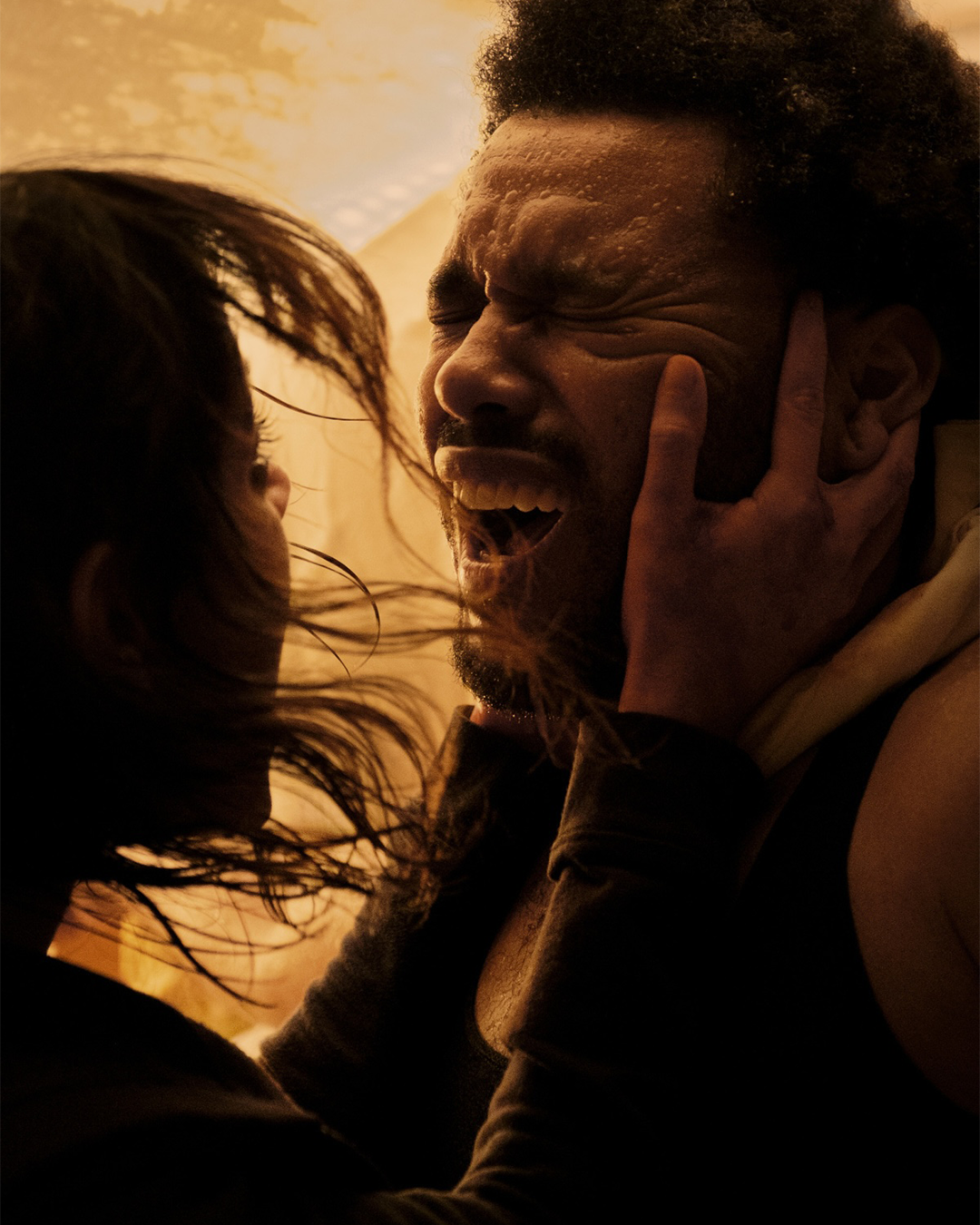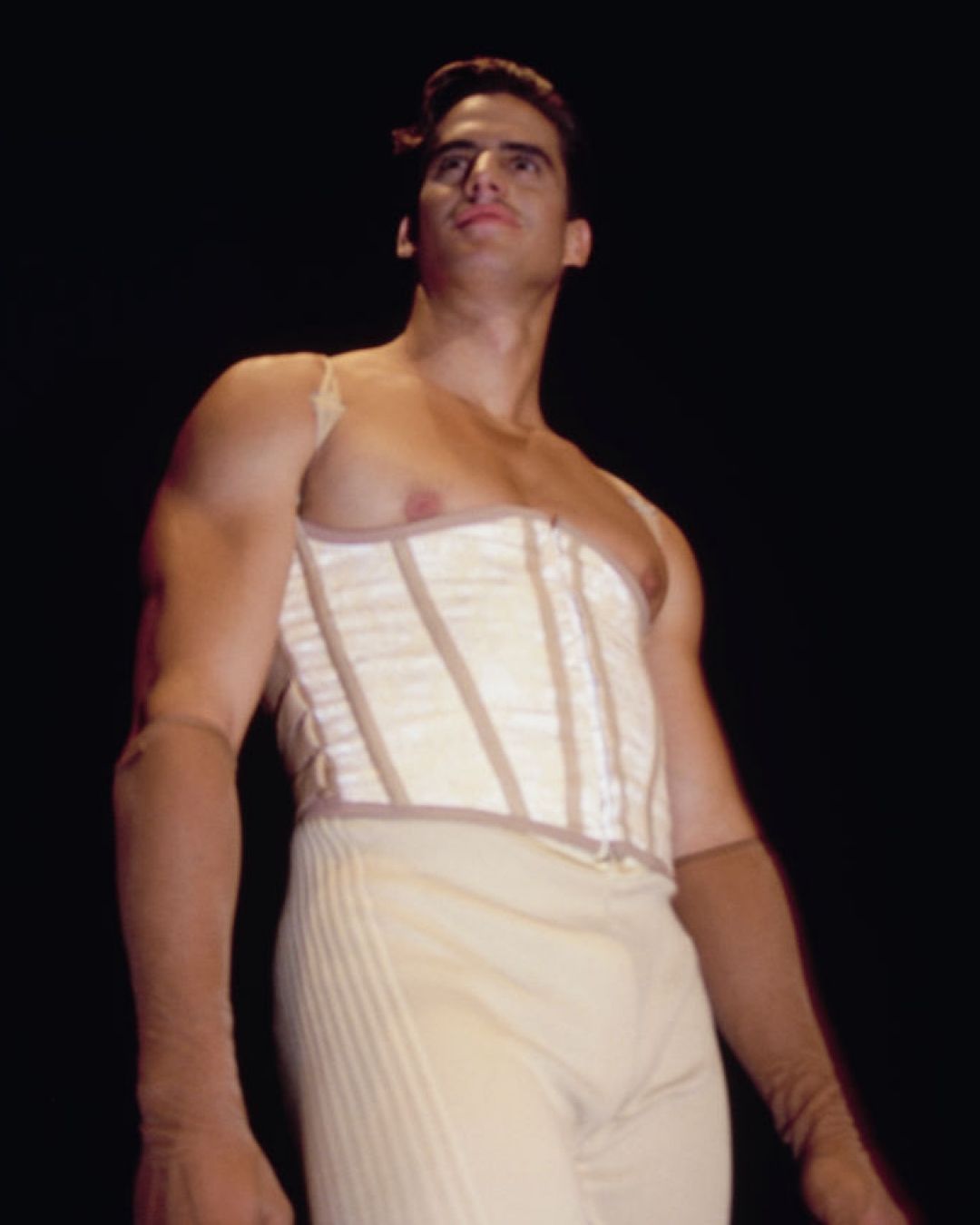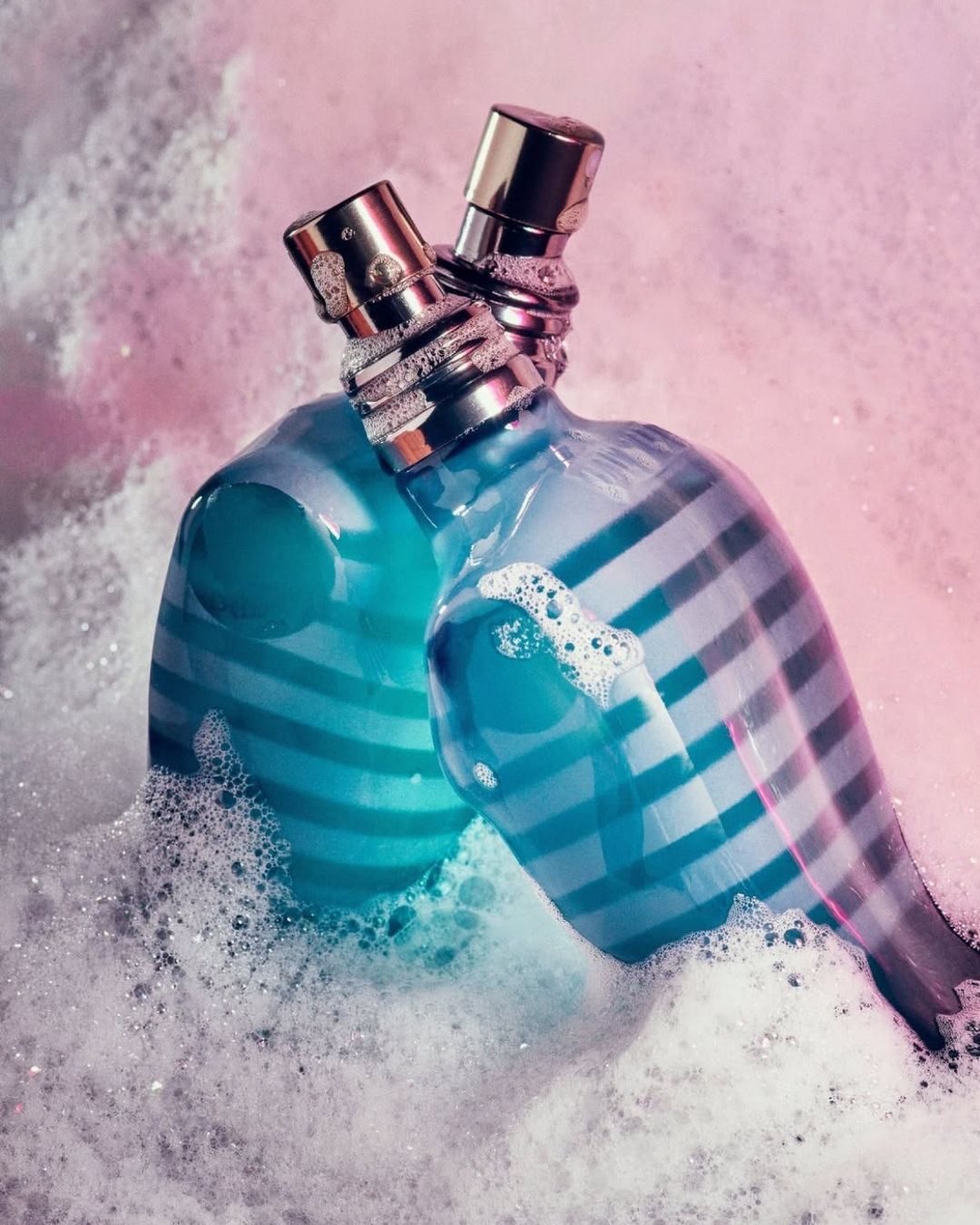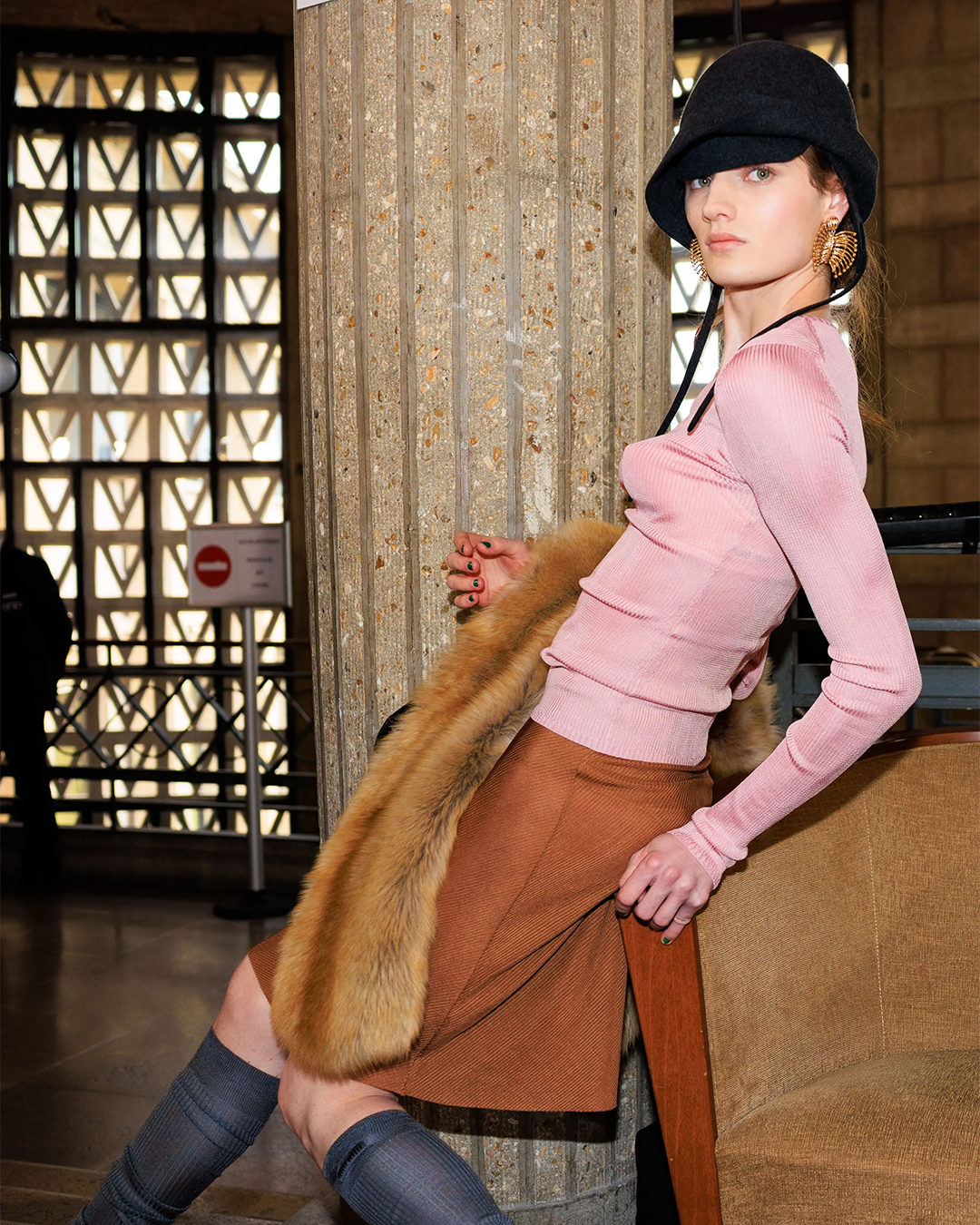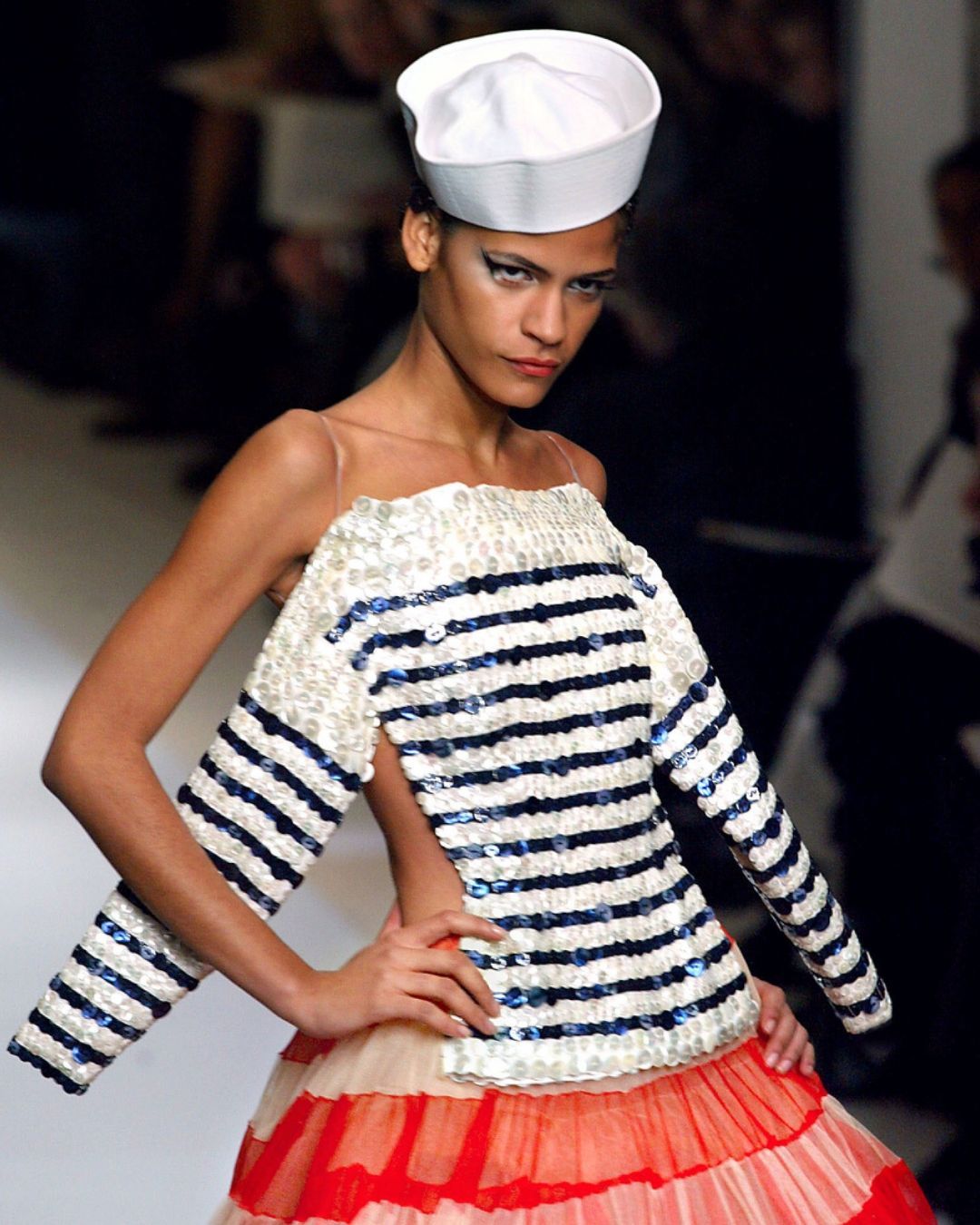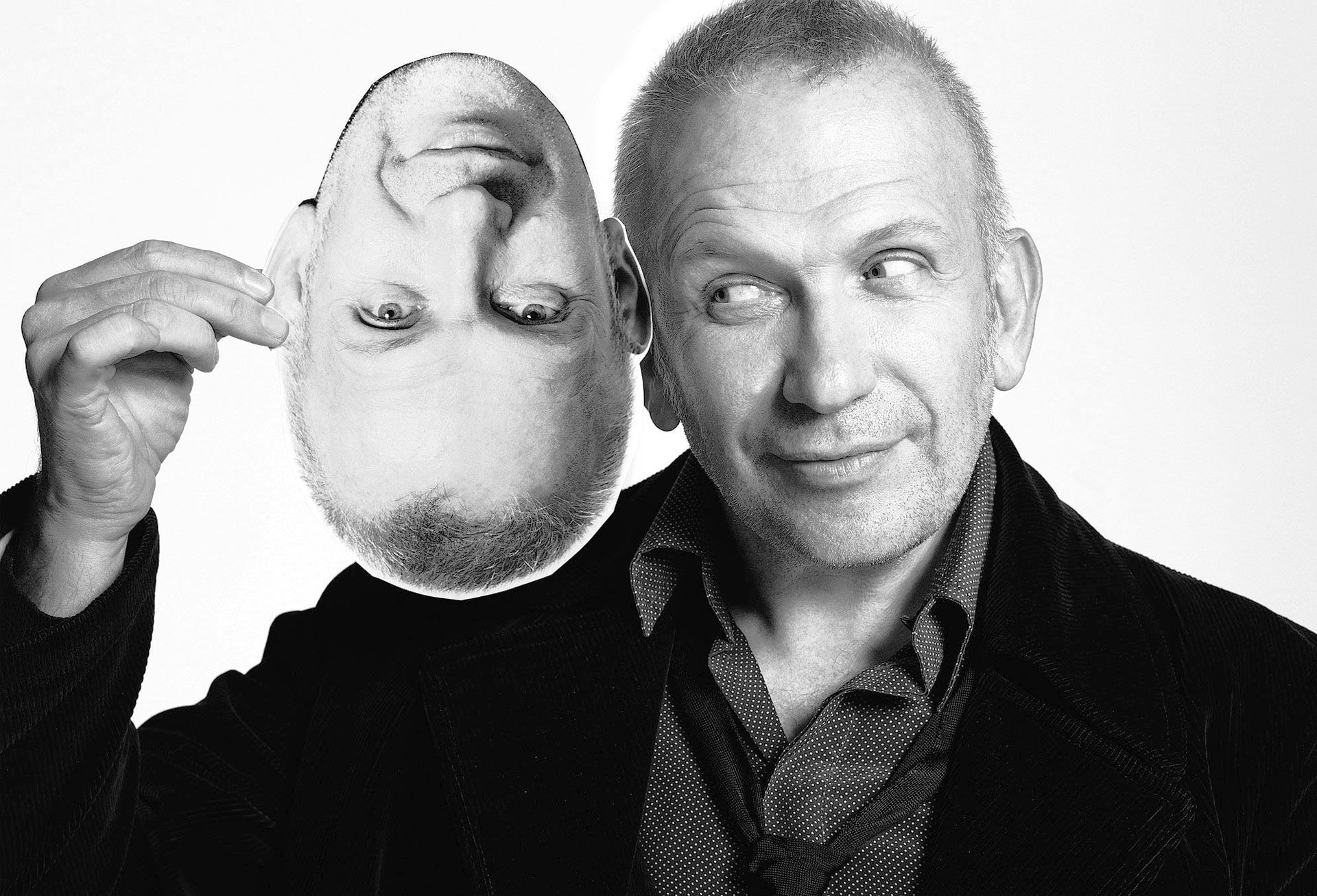
Who is Jean Paul Gaultier? Everything you need to know about "the enfant terrible of fashion"
The announcement arrived a few days ago: Jean Paul Gaultier will design a capsule collection with Supreme. After the success of the collaboration with Louis Vuitton, the NY skate brand has chosen another fashion giant, one of the most important contemporary designers. This project gives us the opportunity to test how much we actually know about this eclectic French artist, a man who since the foundation of his eponymous brand in 1976, with a subversive spirit and irony, has always mixed street and couture, turning his shows into happenings where men and women of all ages, ethnicities and body types were shown. JPG gave his interpretation of punk and sailor style, he made men wear skirts and makeup, he played with the codes of men's and women's clothing and made Madonna iconic thanks to his cone bra. In the last few years, Gaultier has been focusing mainly on his couture line, a line where he can let his creativity totally free.
Here is everything you need to know about Jean Paul Gaultier.
He never attended any fashion school
From an early age, he knew he would become a fashion designer. The first intuition of this came during a punishment, as he has recounted:
"One day the teacher noticed that I was drawing some dancers from the Folies Bergere, all feathers and sequins. She hit me on the fingers with the line and as a punishment she attached the design to my back and forced me to go around the class".
His classmates loved Jean-Paul's drawings and started to want versions on request. That experience made him understand that he had the ability to talk to people. Then, growing up, his grandmother and mother became his first guinea pigs for whom, inspired by the movie Falbalas, a 1945 French film on a couturier who goes mad with love for his muse, he created garments using things found around the house. Little more than a teenager, he began to draw sketches and sent them to the main Parisian ateliers. On the day of his eighteenth birthday, April 24, 1970, a job offer as an assistant to Pierre Cardin arrived: it is the beginning of his career.
The corset is his symbol item
Jean-Paul draws the first prototype of a corset when he is only 6 years old for Nana, his teddy bear, to whom he applies two cardboard cone bras, inspired by the Maidenform advertisements of the 50s in which the models had wasp and pointed breasts, but the most famous one is the one designed for Madonna. For her, Gaultier creates the costumes for the Blond Ambition Tour, the Confessions Tour and the black bodysuit worn in the Vogue video. Later he will collaborate with other stars like Marilyn Manson, Kylie Minogue and Lady Gaga, but his most iconic work will always remain the one for Miss Ciccone. Reiterated in multiple versions in all his collections, the corset becomes the most representative item of the designer and as a private garment that forces the woman's turns into a symbol of sexual freedom and feminine power. To whom asks about the origin of the obsession for this item Jean Paul answers:
“I found this beautiful salmon satin corset of my grand-mother’s in her cupboard and asked her what it was. She explained it to me, and it stuck in my head. When I started my own collection, it was during the time of the women’s liberation movement. Women wanted to wear trousers and burn their bras in protest to say, "We’re not female objects." But their daughters, who were my age, wanted to wear bras to be sexy, because they had chosen to be sexy, and were not obliged to be sexy—which is very different. I liked that, and it made me think back to my grandmother. I thought, "Why not wear a corset or bra under a jacket?" So I started mixing a lot of masculine jackets with corset dressing.”
The skirt is for the man
In 1985 for the Et Dieu Créa collection the Homme Gaultier brought a tromp-l'oil item to the catwalk, an extra-large leg pant with a foldable flap on the front, thus introducing one of its symbolic garments: the men's skirt. From many seen as a subversive gesture to question the clichés related to the classic male virility, this choice had another origin as the designer explains:
“My first skirt for men which was actually a pant/skirt. I never wanted to shock, I just thought that the time was right for it. While I was thinking about this show one of my friends who is straight came back from the holidays and walked into my studio wearing a sarong. It showed me that I was right and that the skirt for men was in the air."
He was the first designer to combine biker jackets and pretty little dresses
Now for all of us, it is a normal outfit, but it was Gaultier in 1976 with his debut collection the first to propose a then subversive look made up of biker racket and a tutu-style tulle skirt on the catwalk. Martin Margiela, who at the time was just a student and then became an intern for the French designer, recalling that show will say:
I was taken by an emotion that I had never felt before.
His fashion has always promoted diversity and inclusion
"Beautiful sexy women with curves, ethnic women, androgynous women. I don’t want to have just one specific image of a woman in my shows, I want to present what really exists. And the same for men. I also like to show attitude."
This is the philosophy of Gaultier's style. Many of his creations break down gender barriers, mixing feminine and masculine to perfection, with men wearing skirts and women wearing tuxedos. The genderless fashion that we now see in so many proposals is rooted in his DNA. Influenced by the street, the club scene and the Parisian culture, JPG upset the rules by choosing for his own shows, almost joyful happenings where people dance and smile, multi-ethnic models, often unconventional models like elderly people, curvy women, people covered with piercings and tattoos, transgenders.
Never without Mariniere
The mariniere, which is the classic white and blue wrinkle t-shirt, is another of Gaultier's recurring items as well as the figure of the sailor or the typical Parisienne to which it is commonly associated. This garment, available in different versions, appears in many of his collections, and it's often worn by the designer and is also the shape of the bottle of his famous masculine fragrance Le mâle (the feminine one, Classique, reproduces, instead, the outline of a corset, another item symbol of JPG).
His inspirations range from religion to pop music
Like any designer, Gaultier has not only fetish items, but also recurring inspirations: religion, multiculturalism, pop music, art, Paris and Vivienne Westwood's punk fashion. Among his most iconic collections are the Madonnas of the SS07 and Chic Rabbis, the FW 1993, with models dressed in long black menorahs and large hats, like a group of rabbis that the talented Frenchman had seen coming out of the New York public library. Equally important was Les Tatouages, SS 1994 defined as "a surprising vision of intercultural harmony" which saw alternating pierced models and sarong tattoos on the catwalk. There are also many pop stars honored by the designer over the years: from close friend Madonna, Grace Jones and David Bowie version Ziggy Stardust for the SS13 to Amy Winehouse for the SS12.
He designed the costumes for The Fifth Element
The fifth element by Luc Besson is one of the many cult films of the 90s, especially for the costumes designed by Gaultier. Who does not remember Leeloo aka Milla Jovovich with her orange bob and the white bandage suit, or, in another outfit, with a white cropped top, low-waisted trousers and orange rubber braces? Among the 1,000 or so looks created by the designer, the leopard-print dress and the black satin dress with a red rose décolleté by Ruby Rhod (Chris Tucker) remain unforgettable, but also the sensual flight attendants with pillow hats on their head and the futuristic waitresses of McDonald's. Looking at the latter's outfit, the source of inspiration for Jeremy Scott for Moschino's FW14 is clear. In the world of cinema, JPG has not only worked on The Fifth Element but has also created the costumes for Kika by Pedro Almodóvar and The Lost City by Jean-Pierre Jeunet.










































